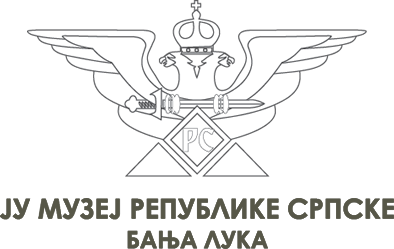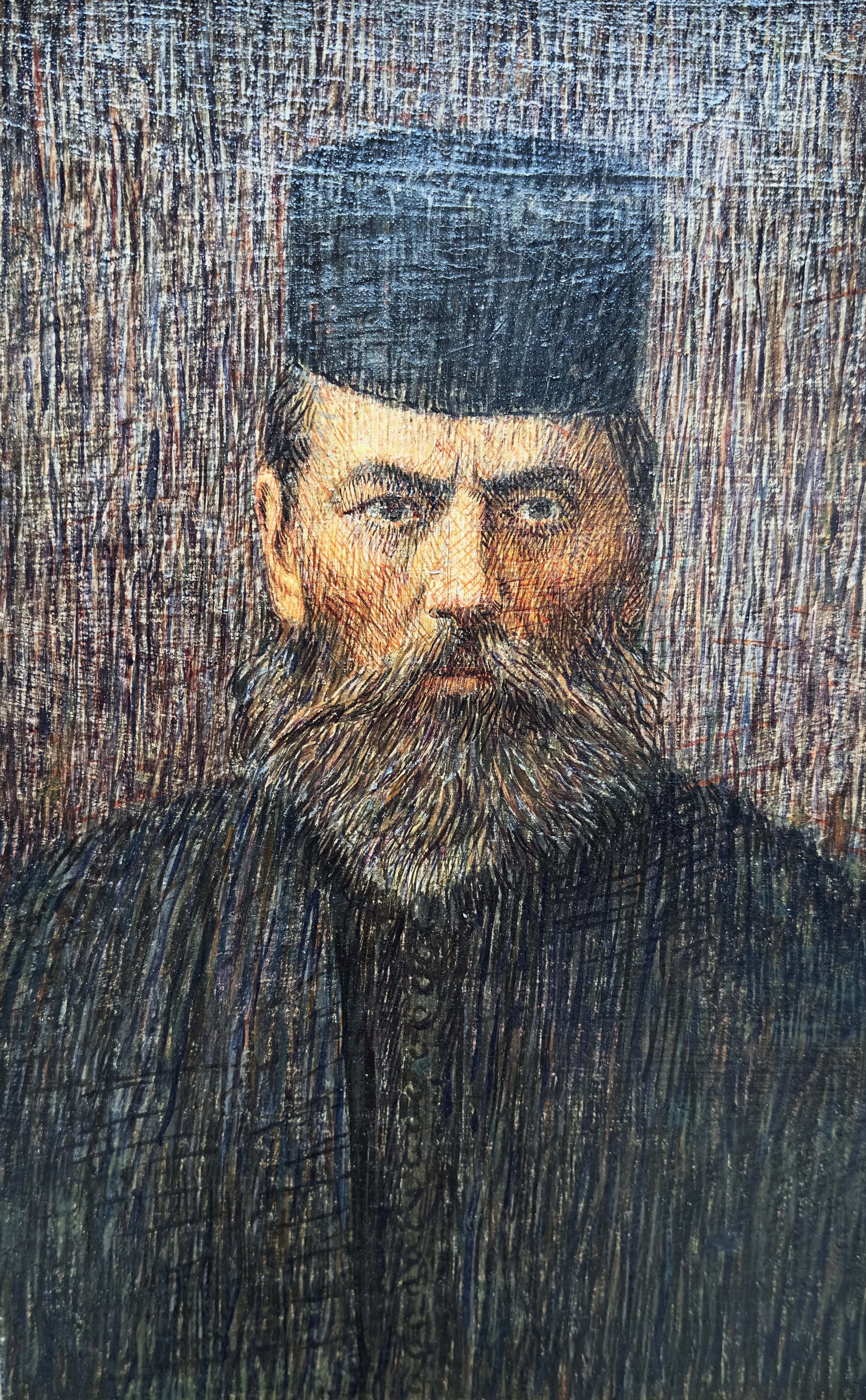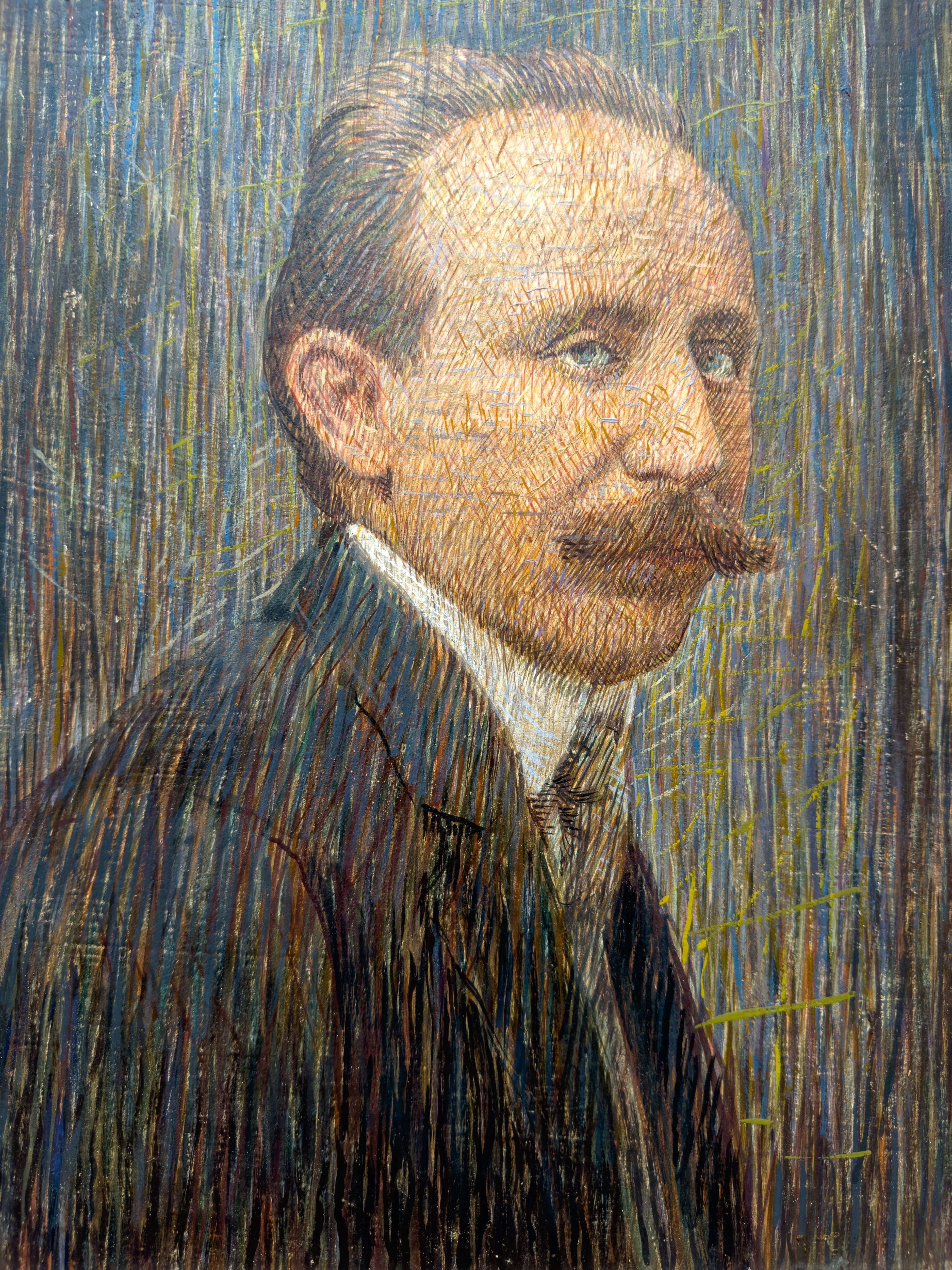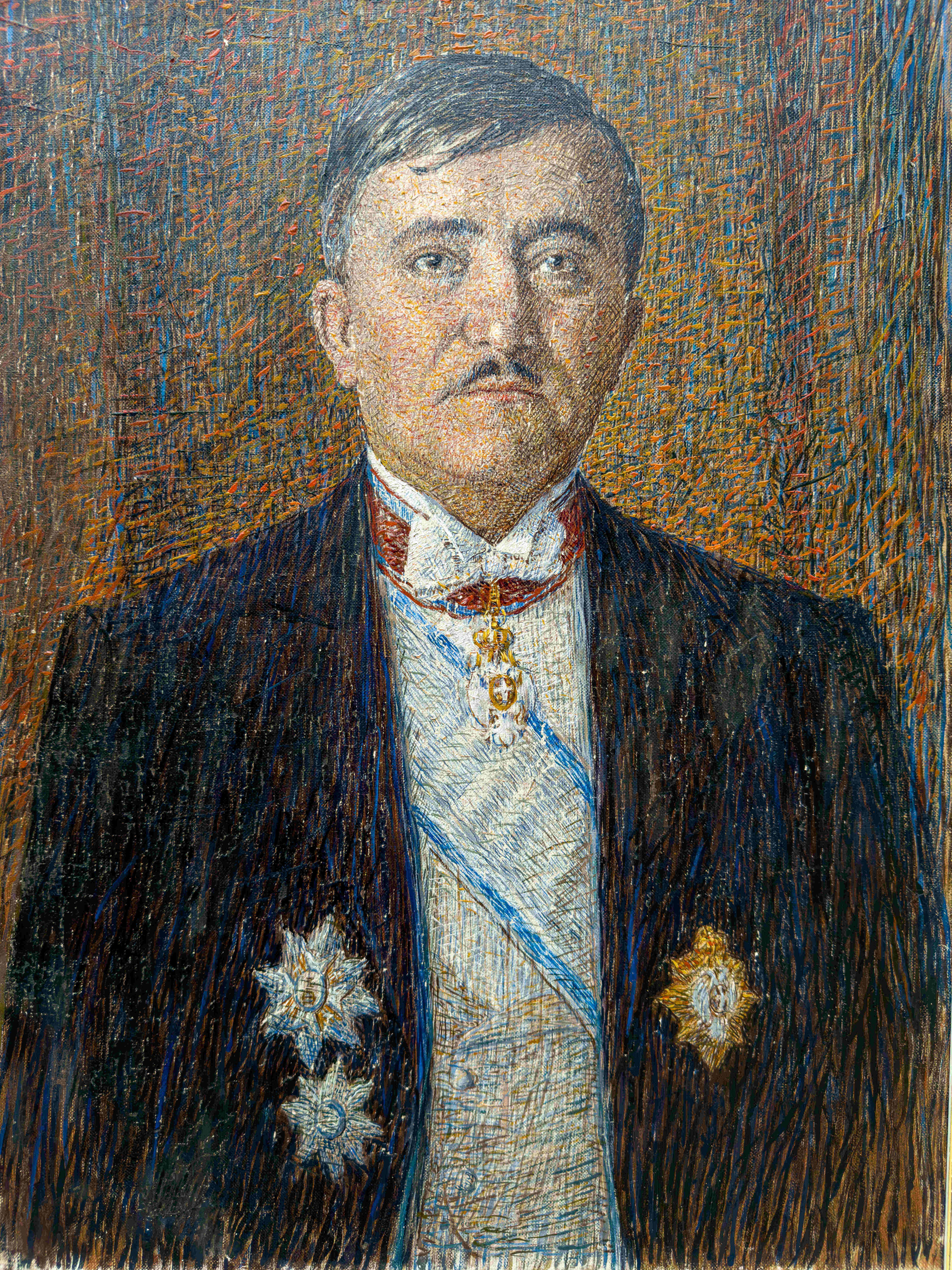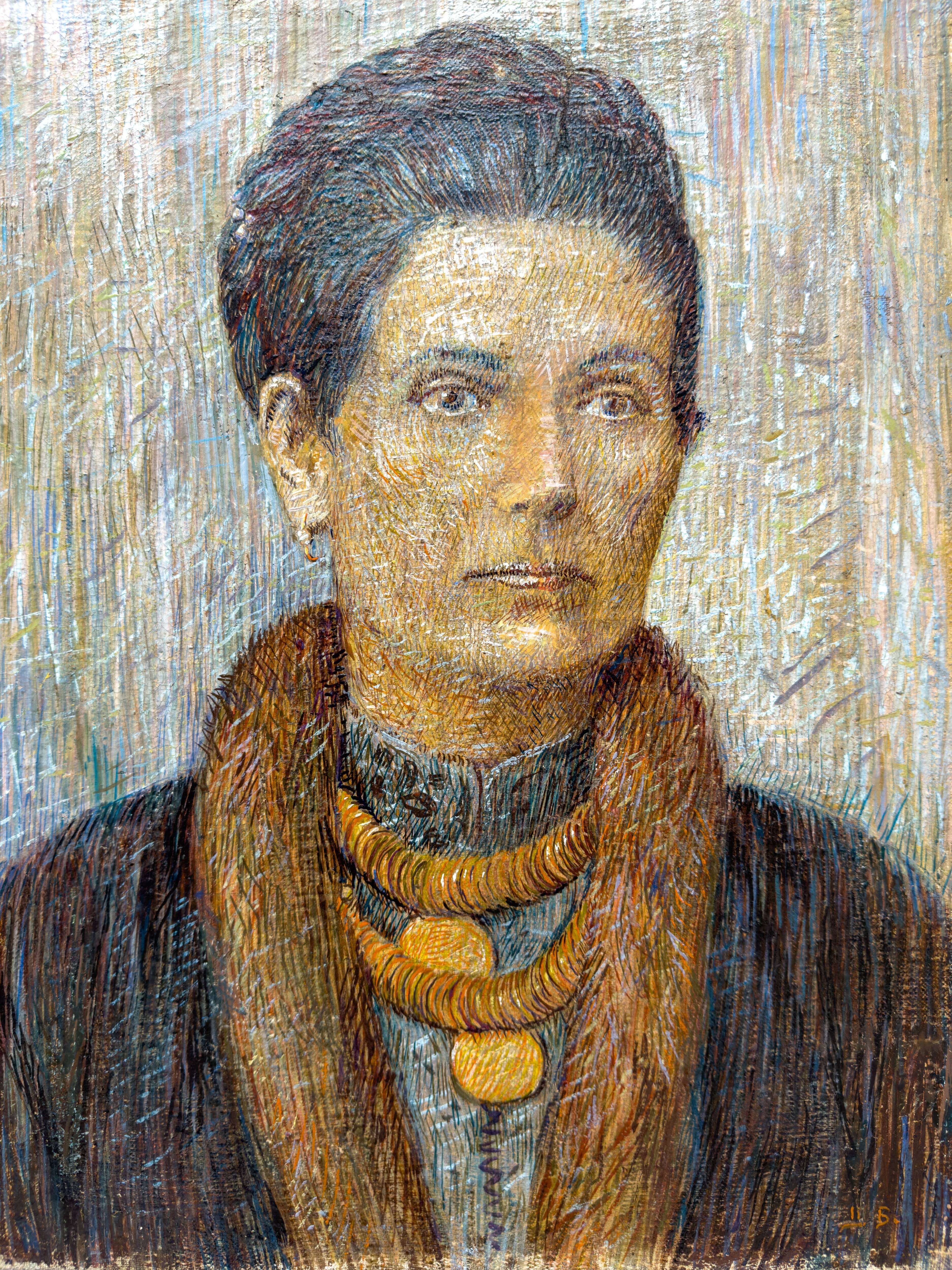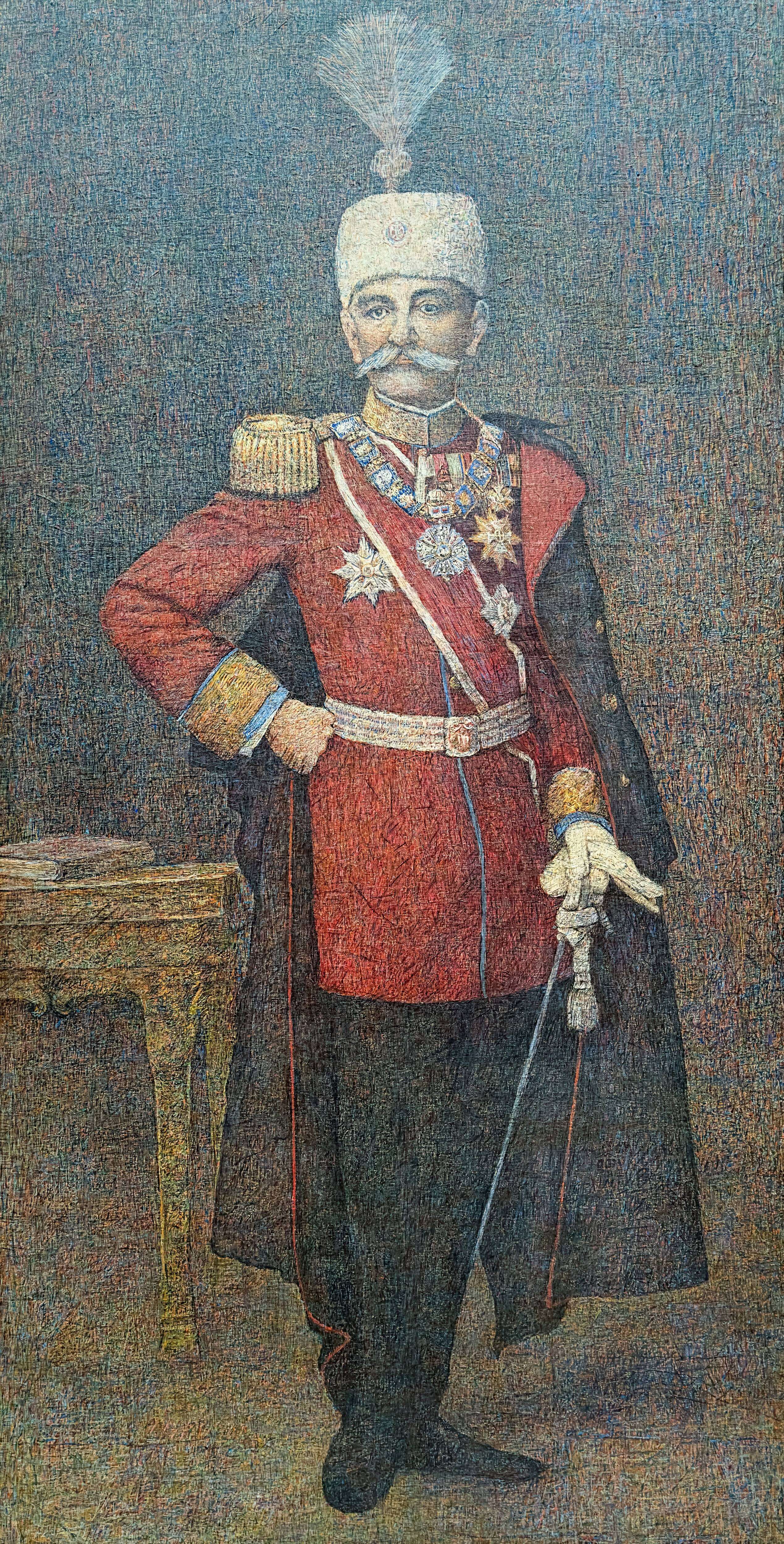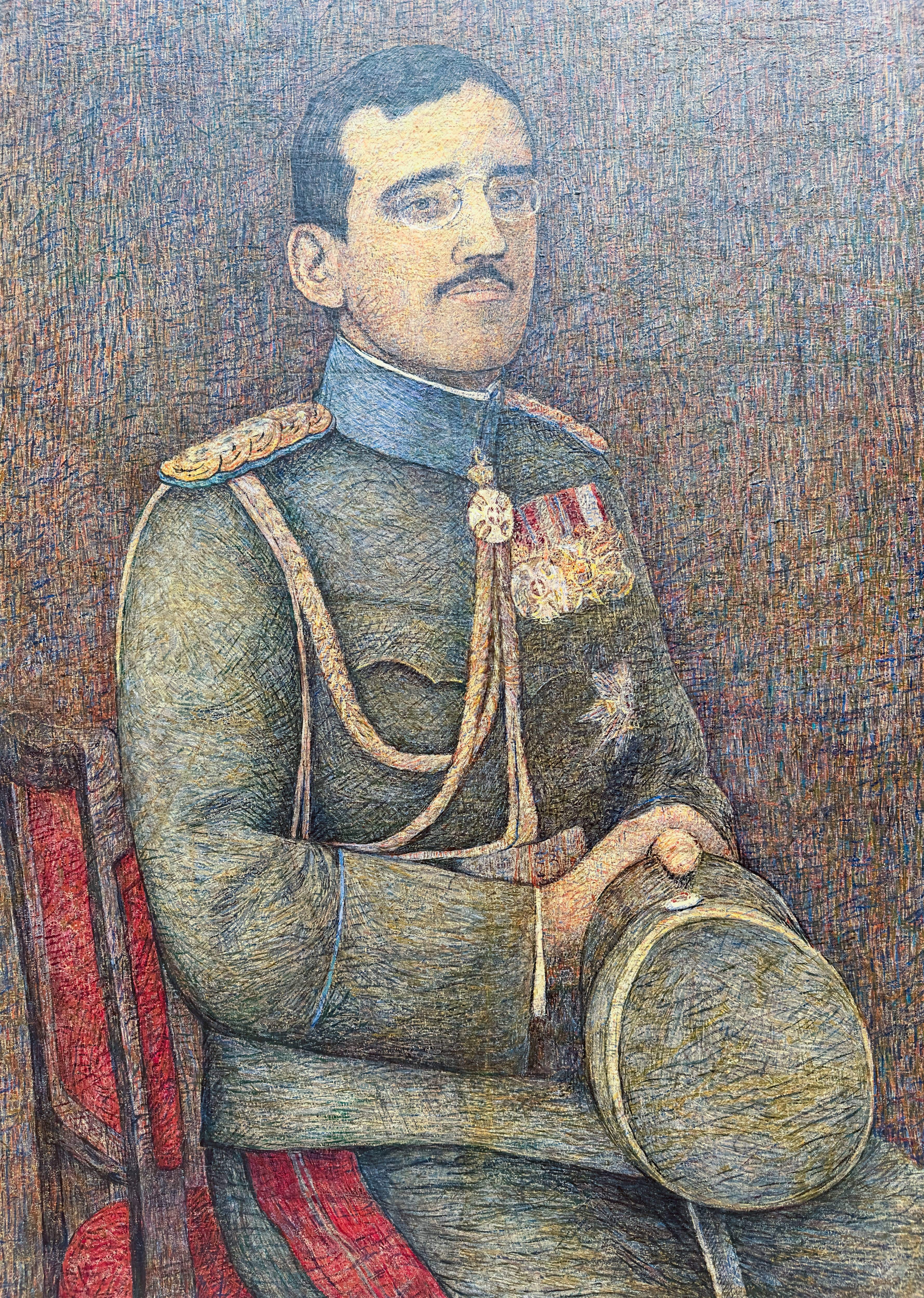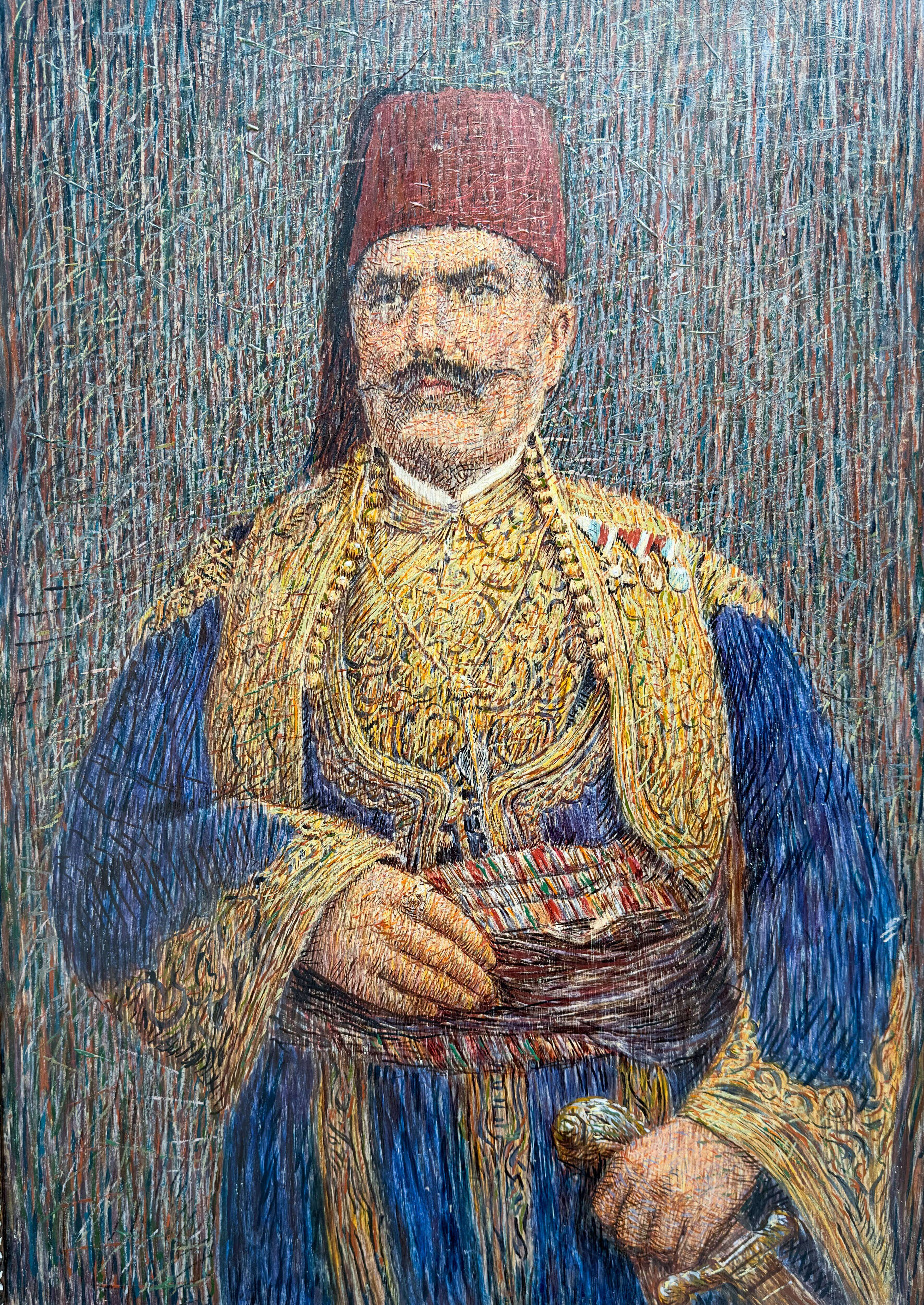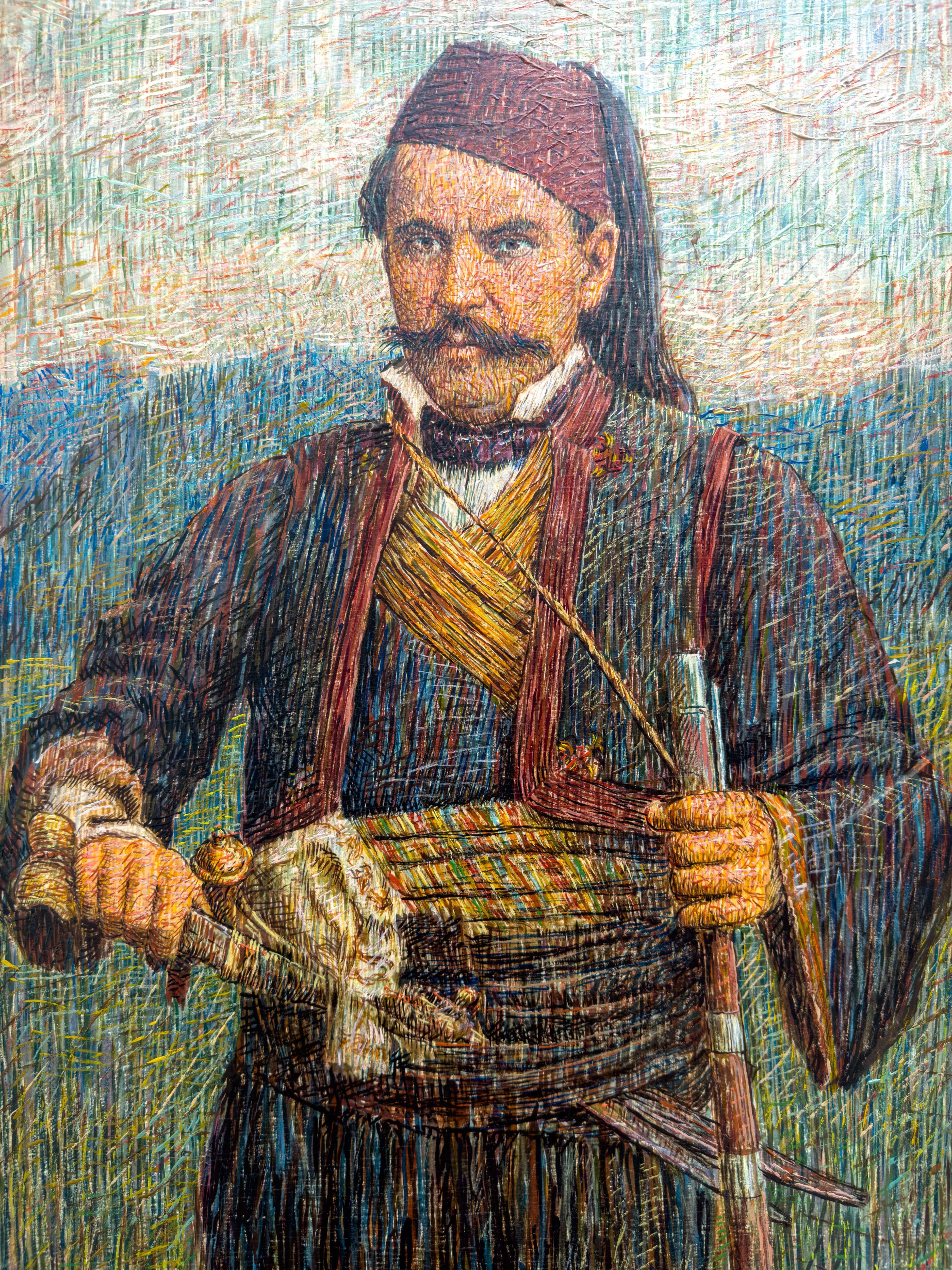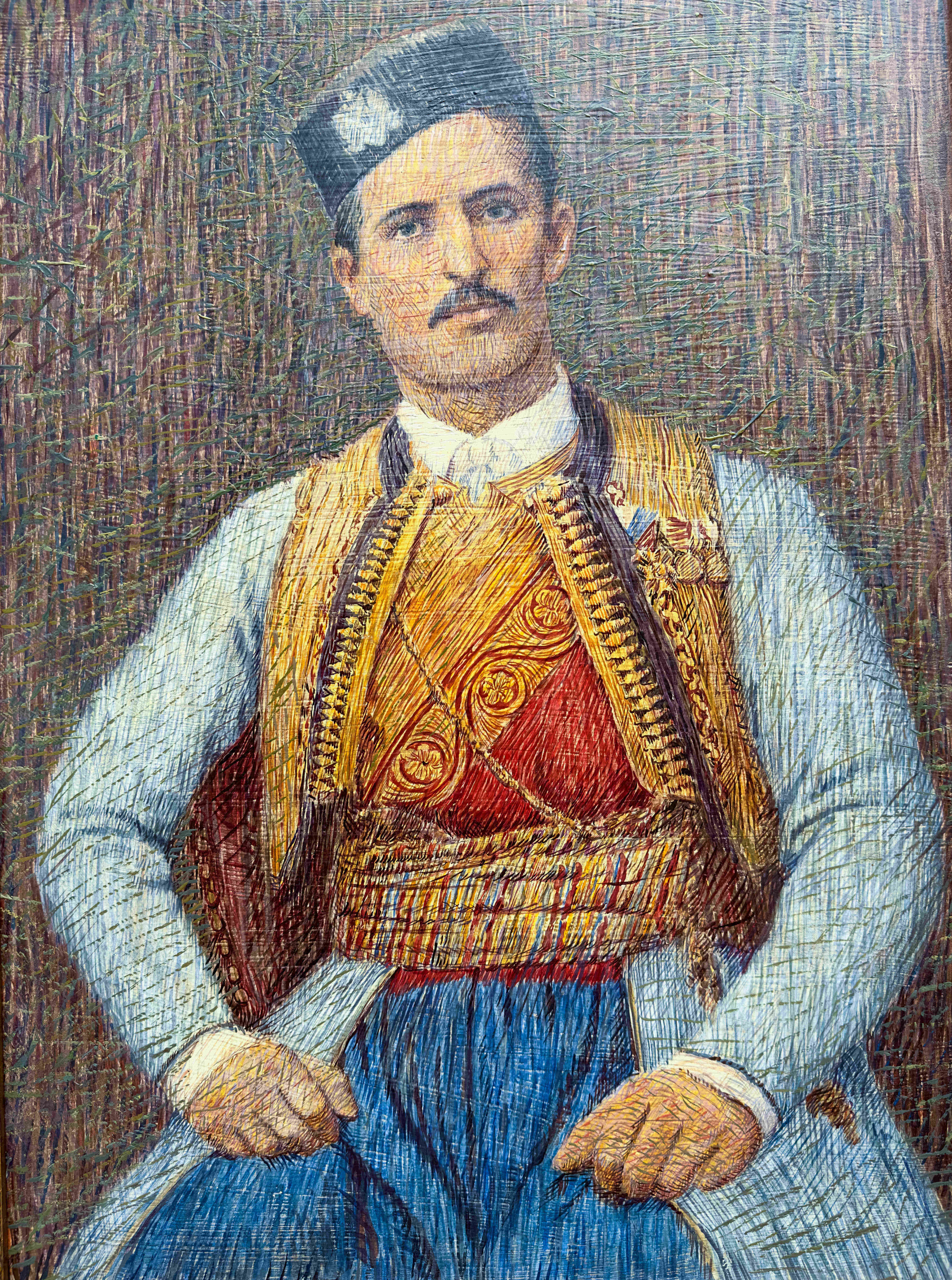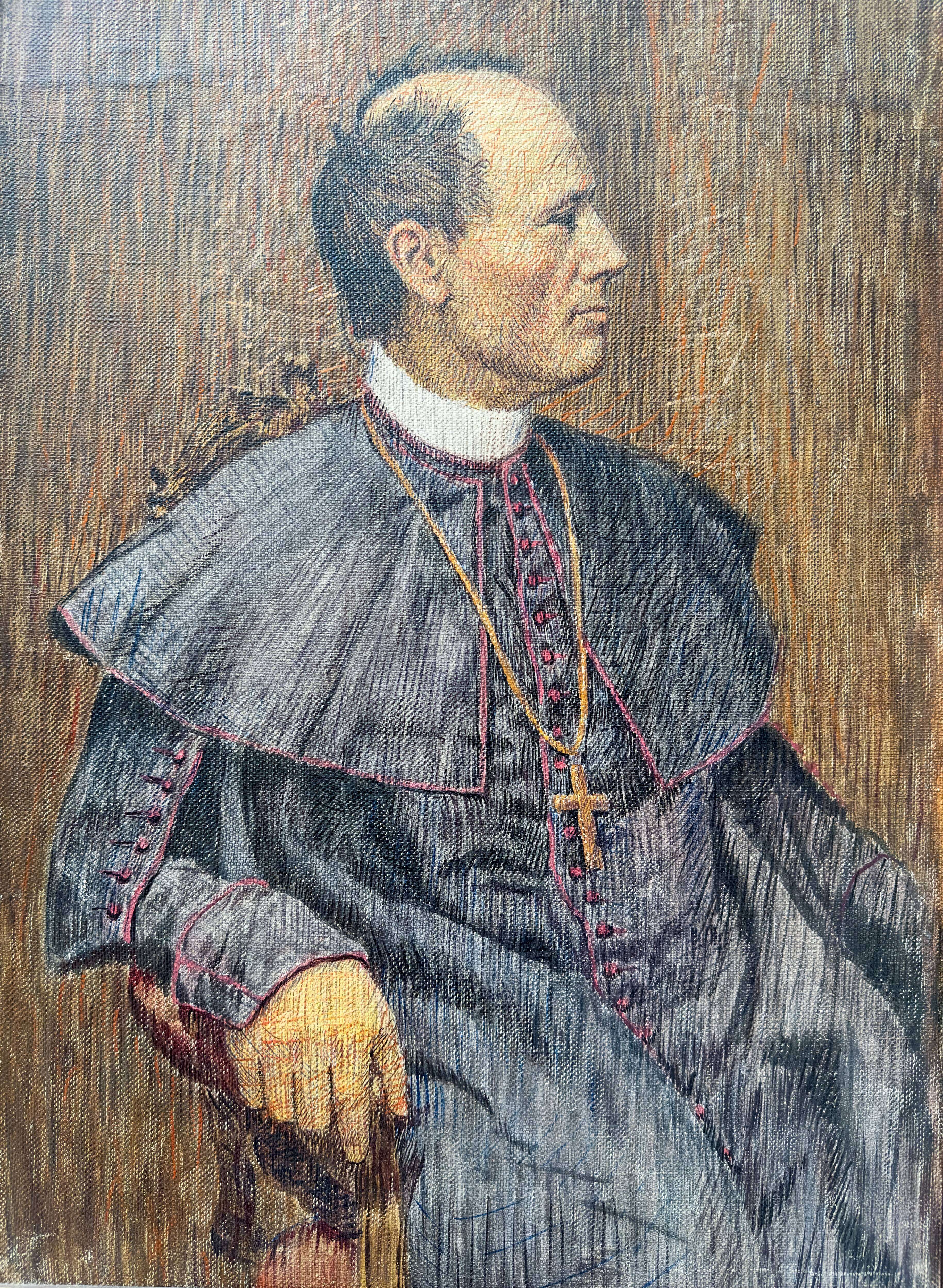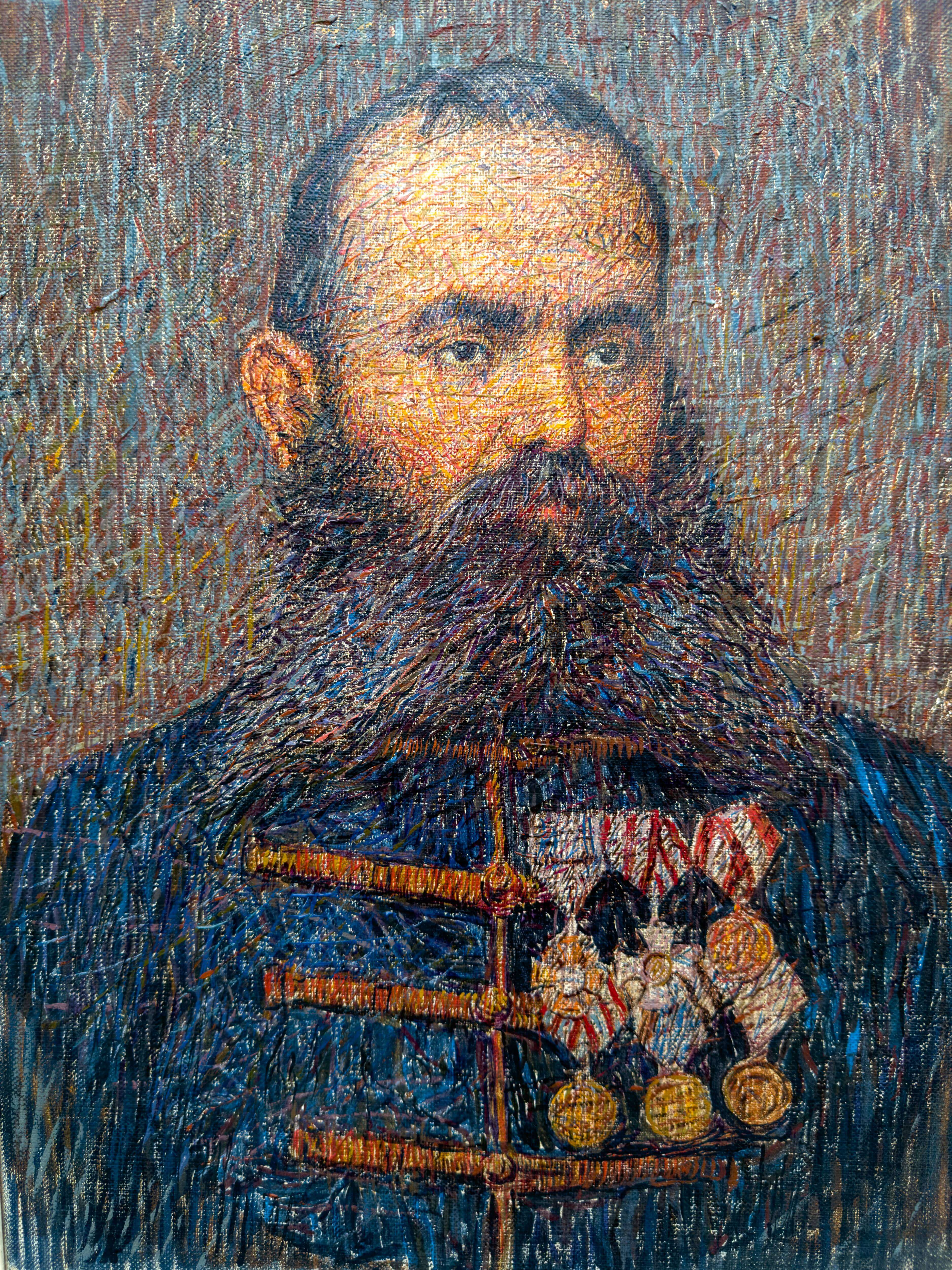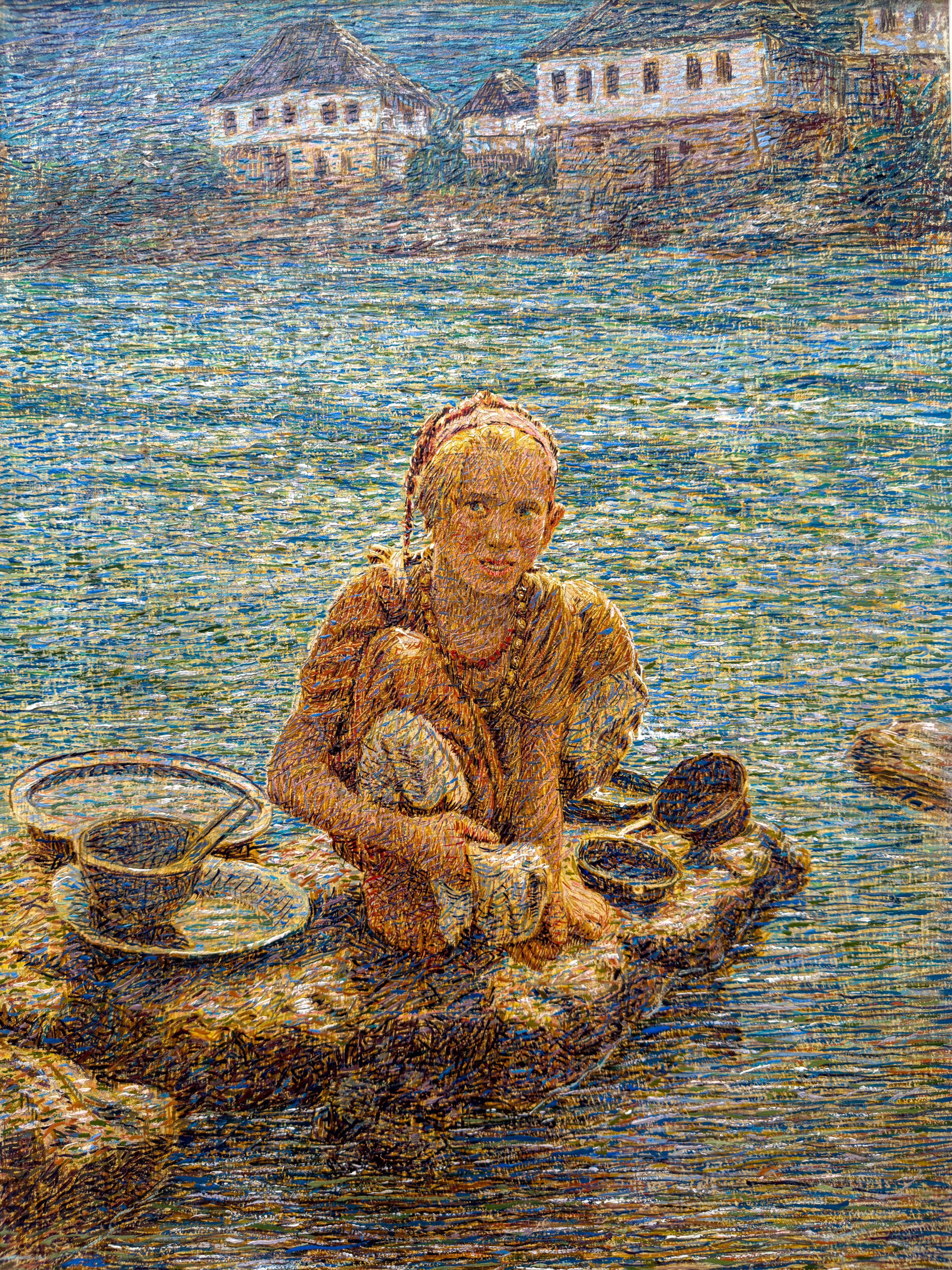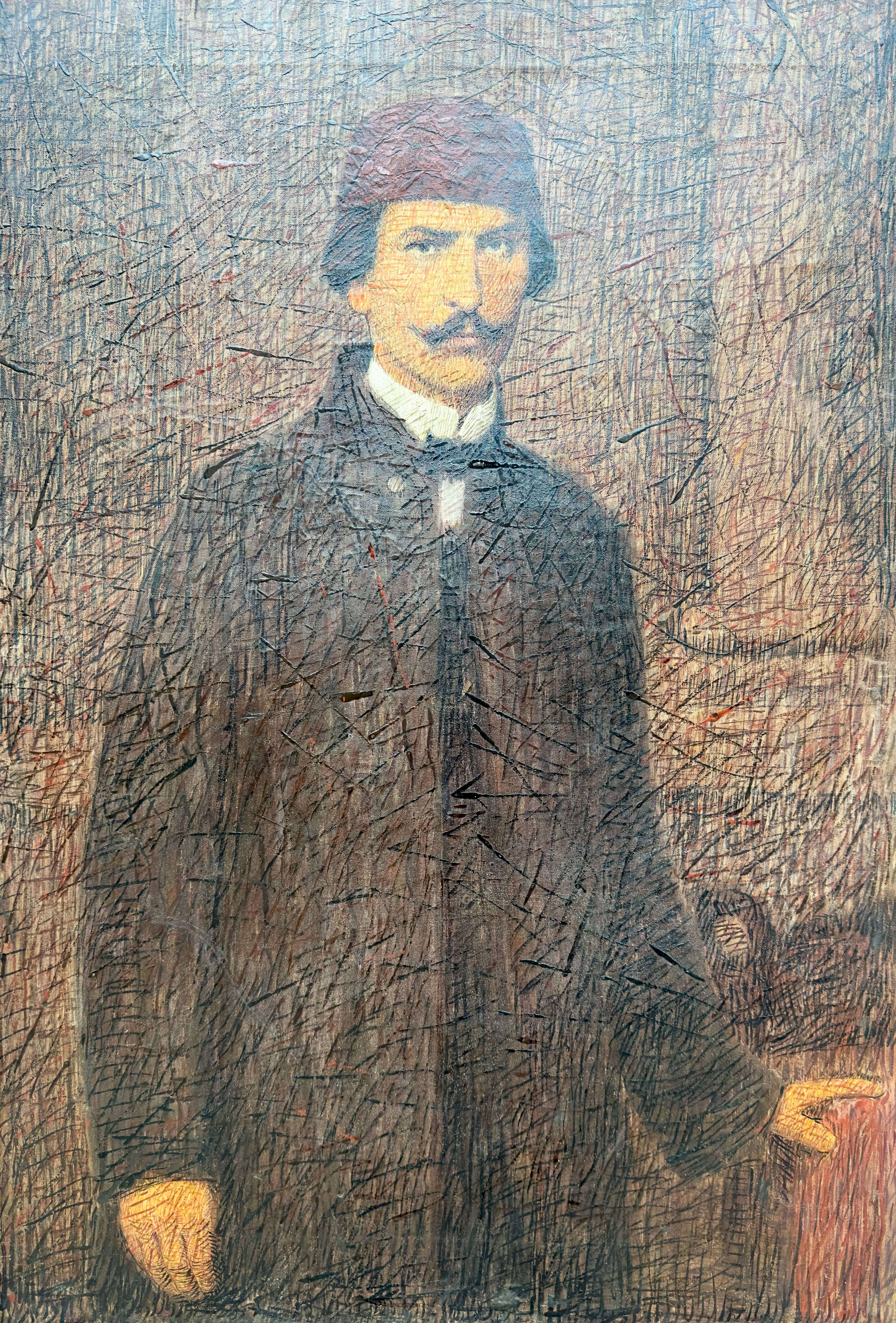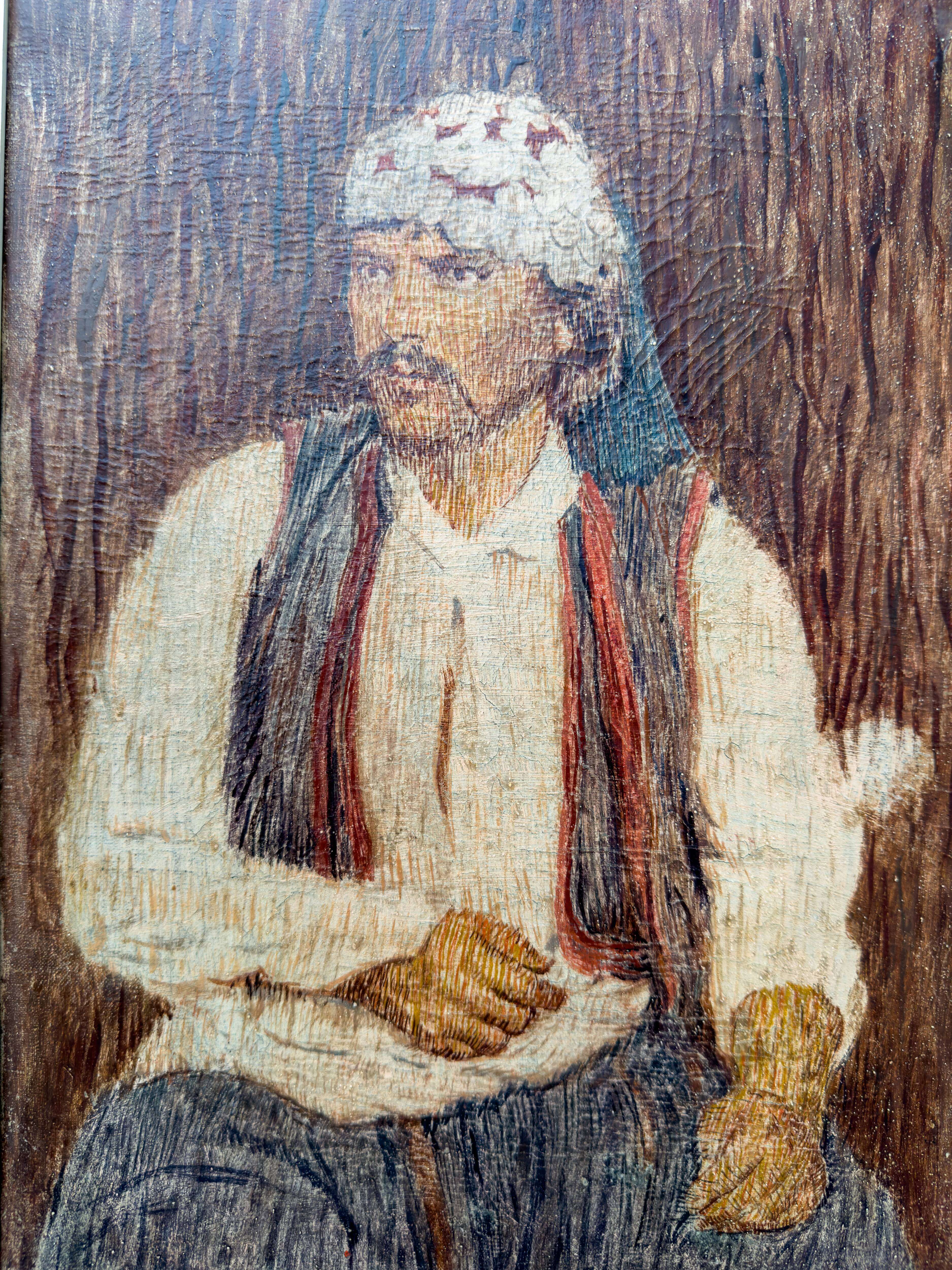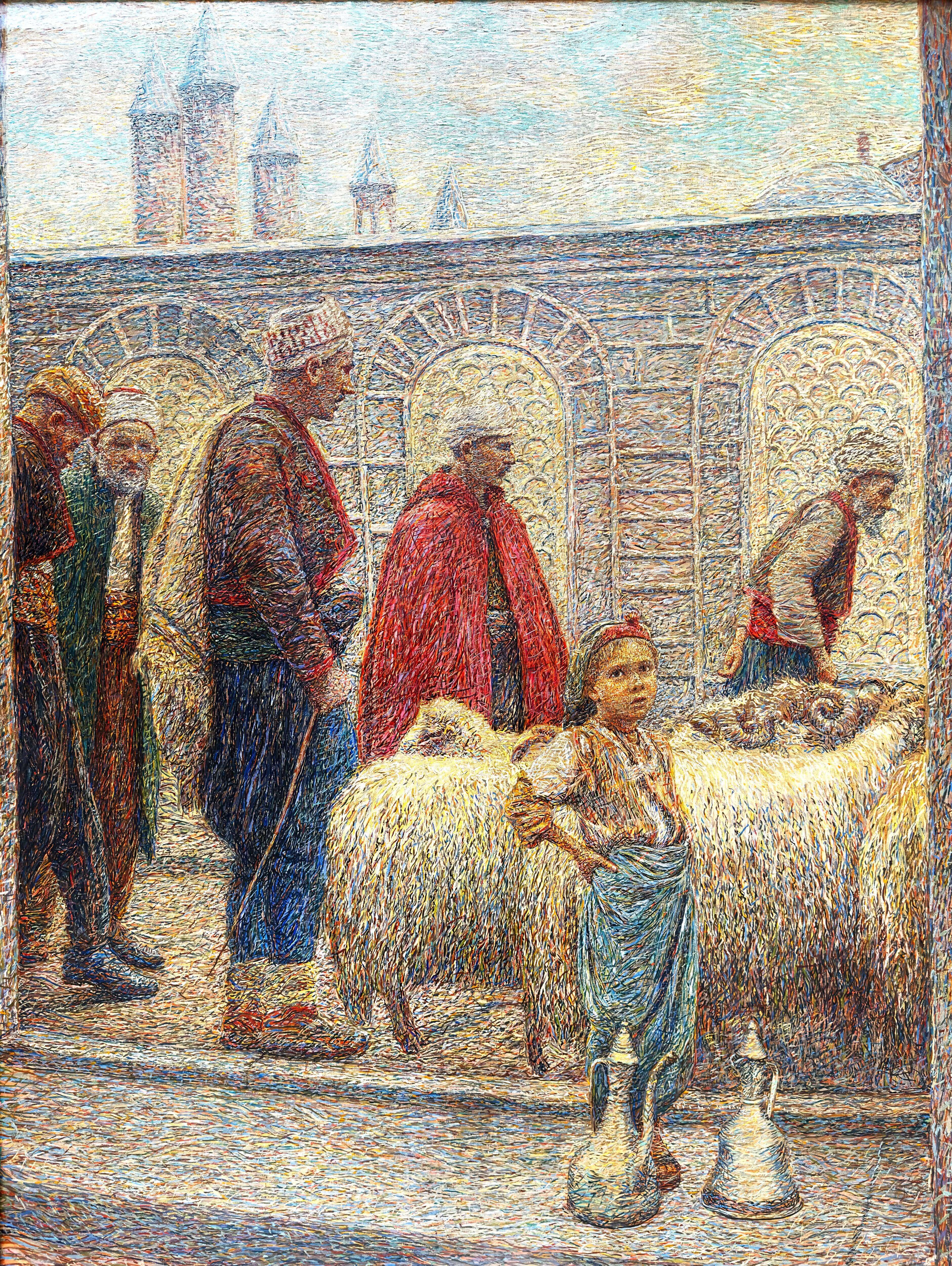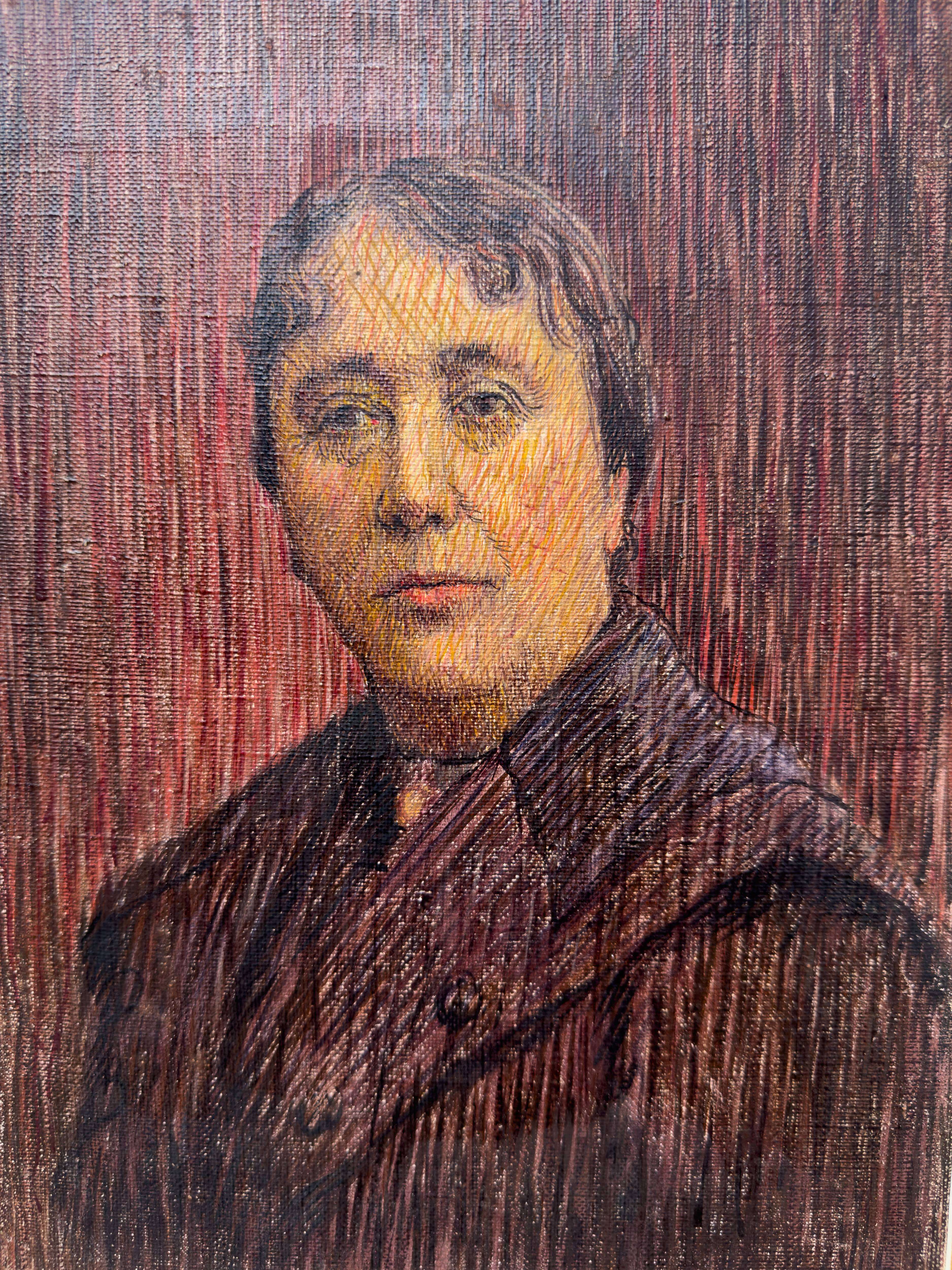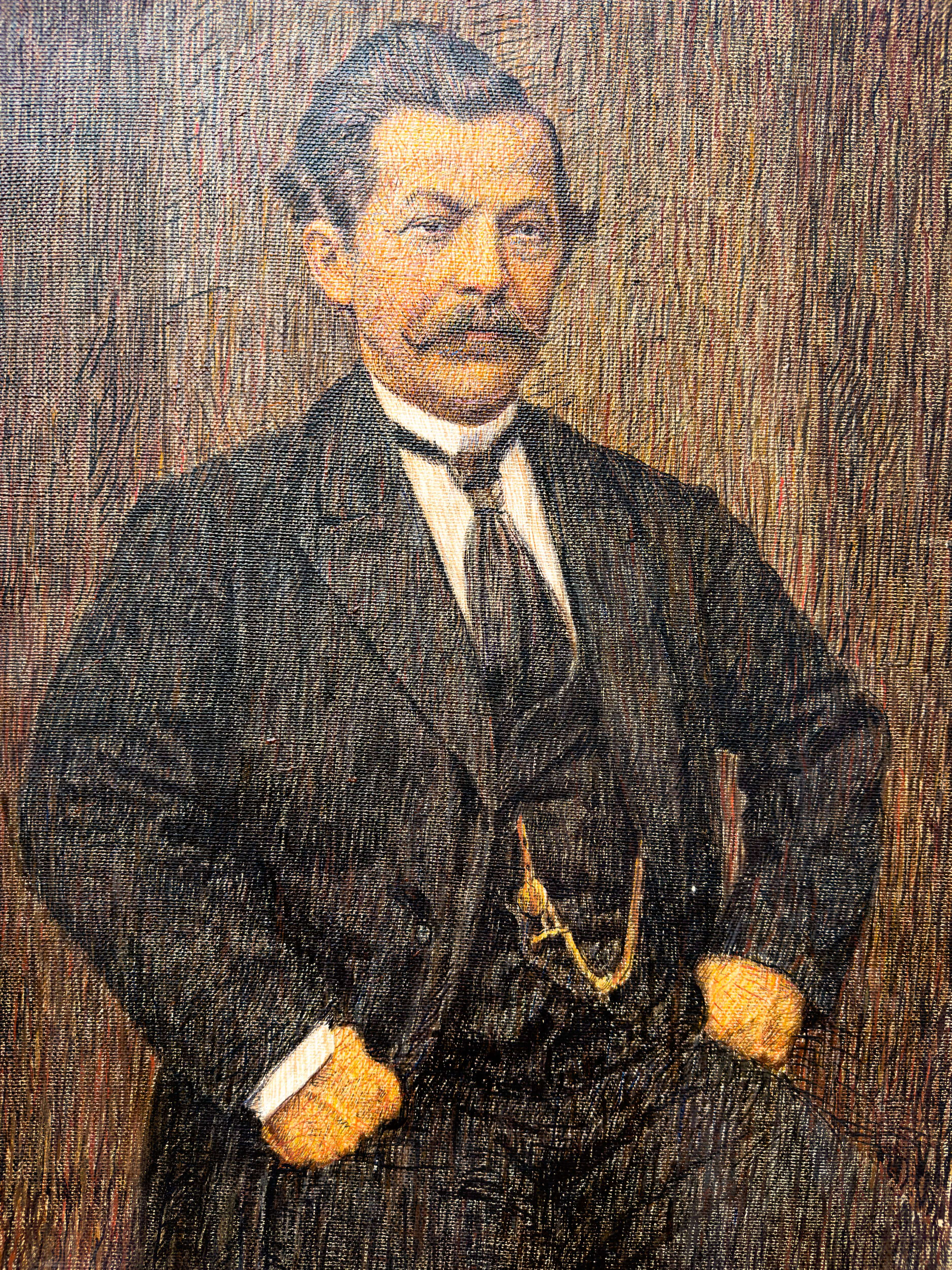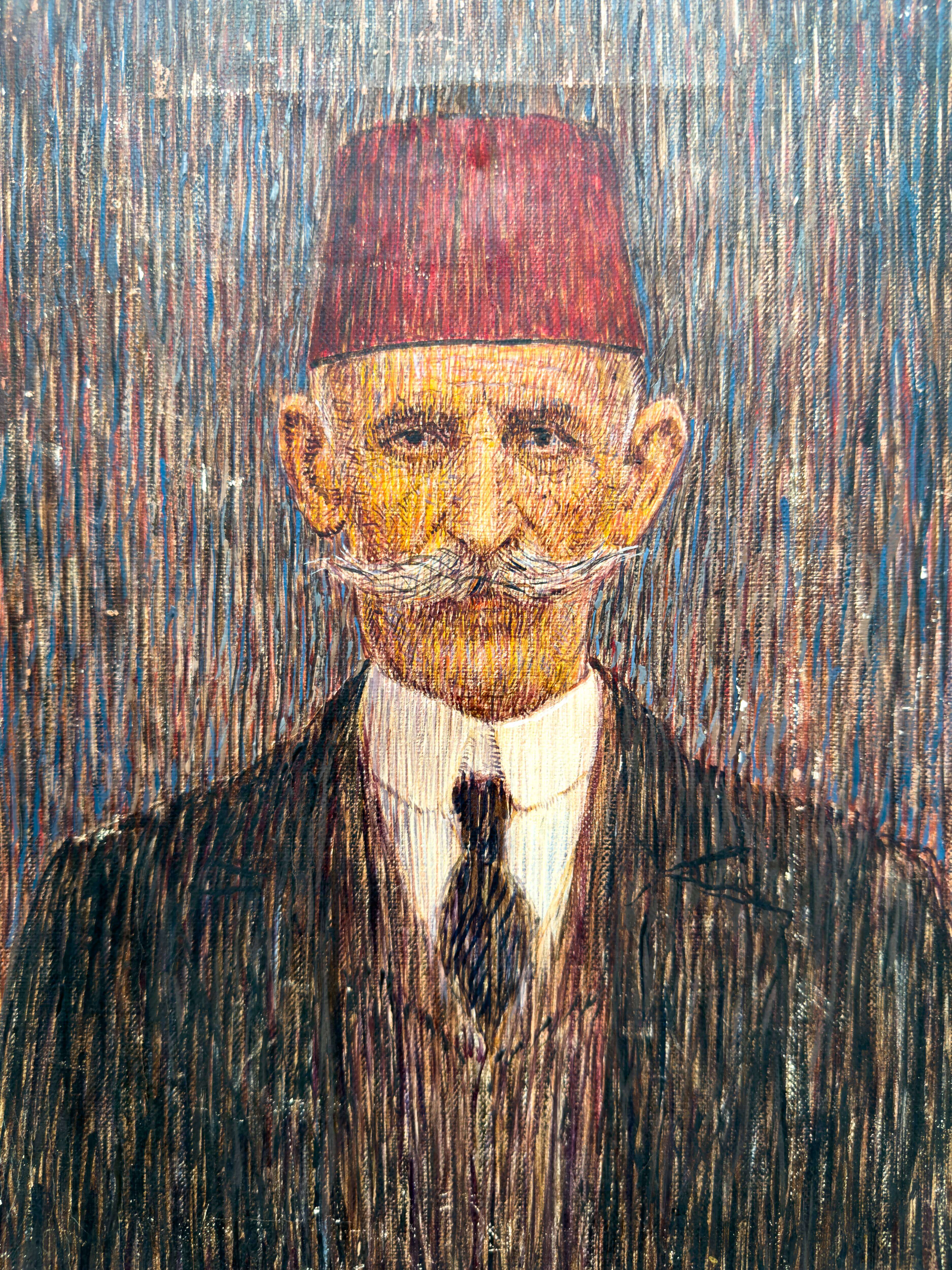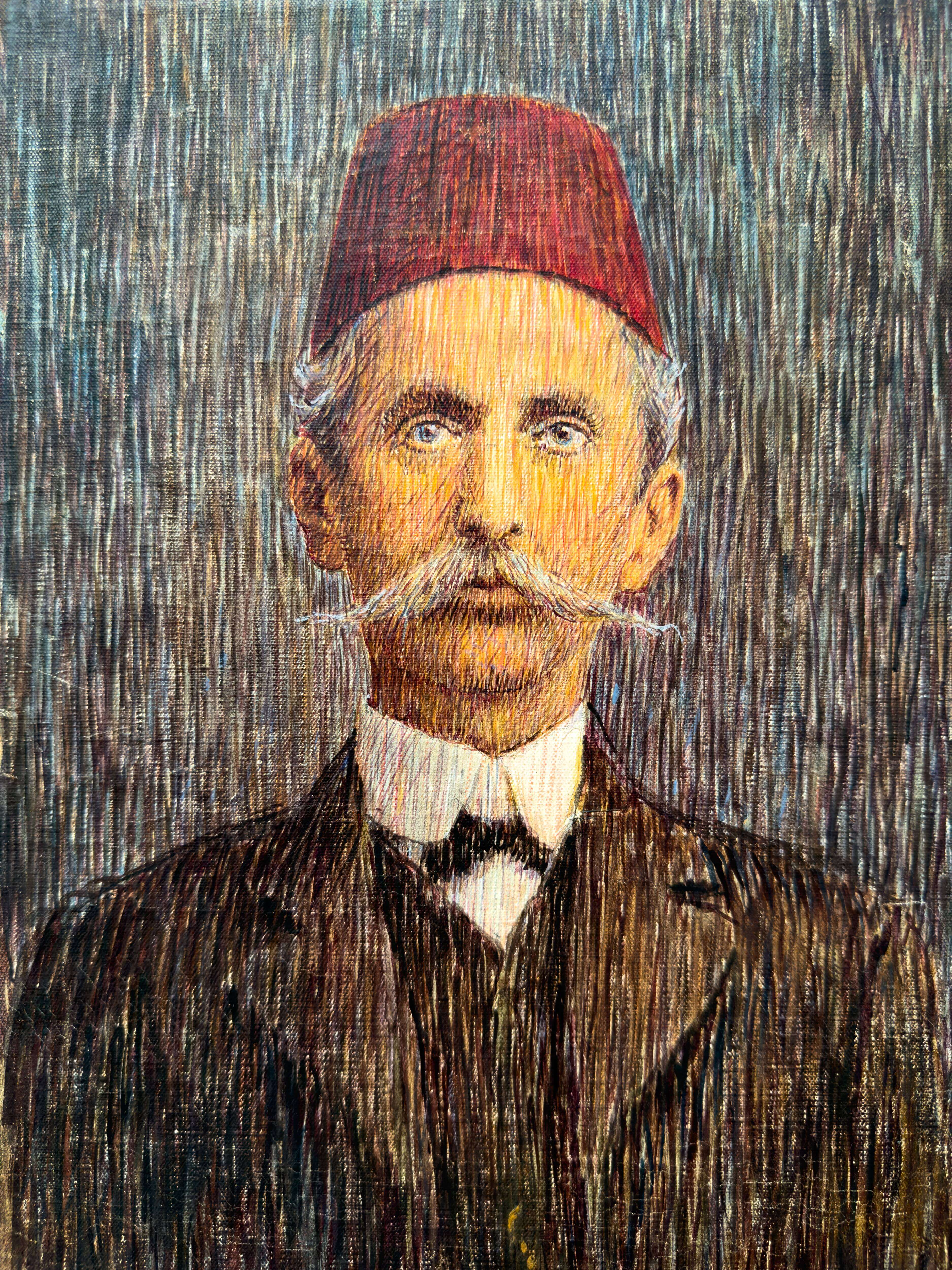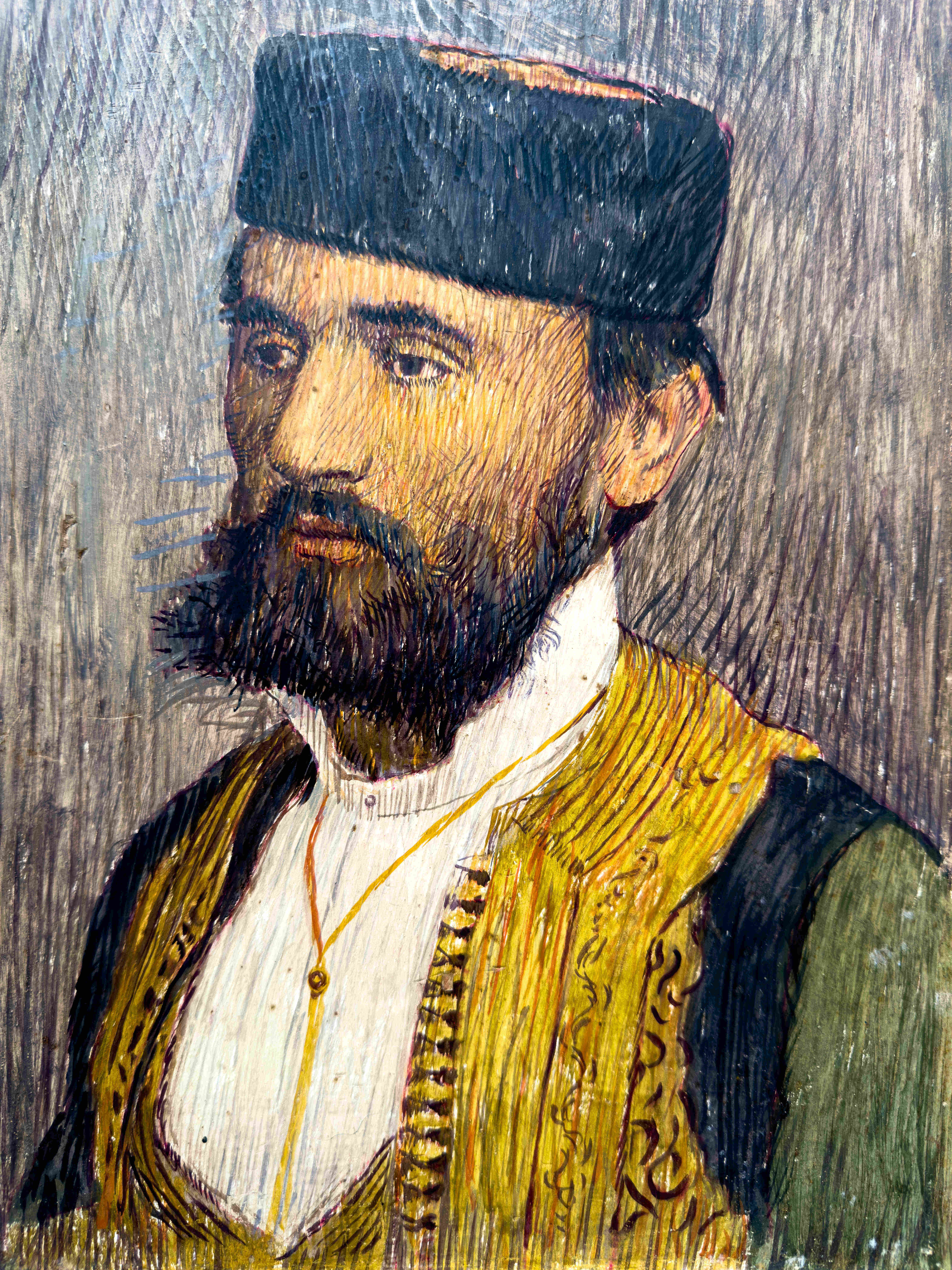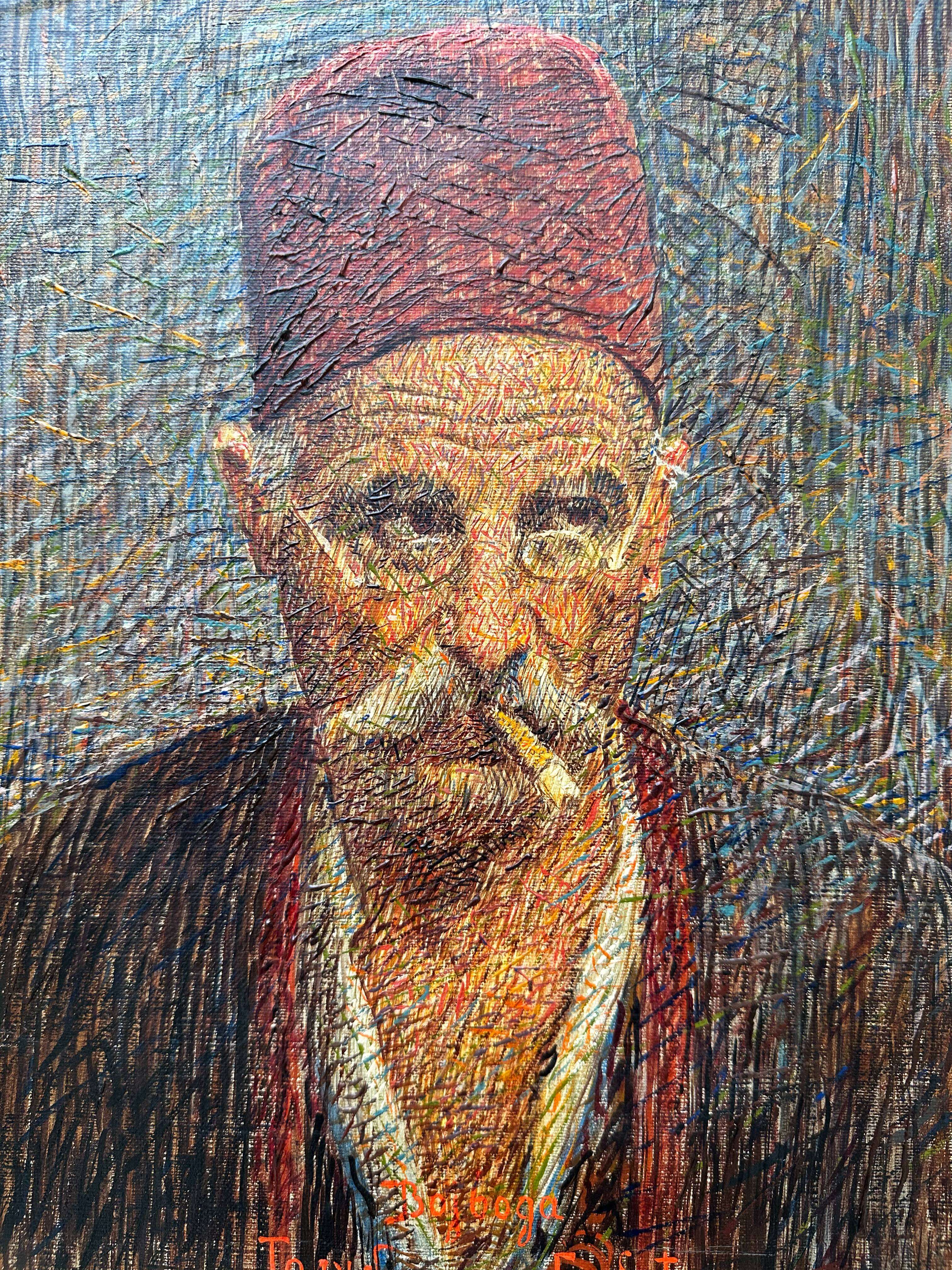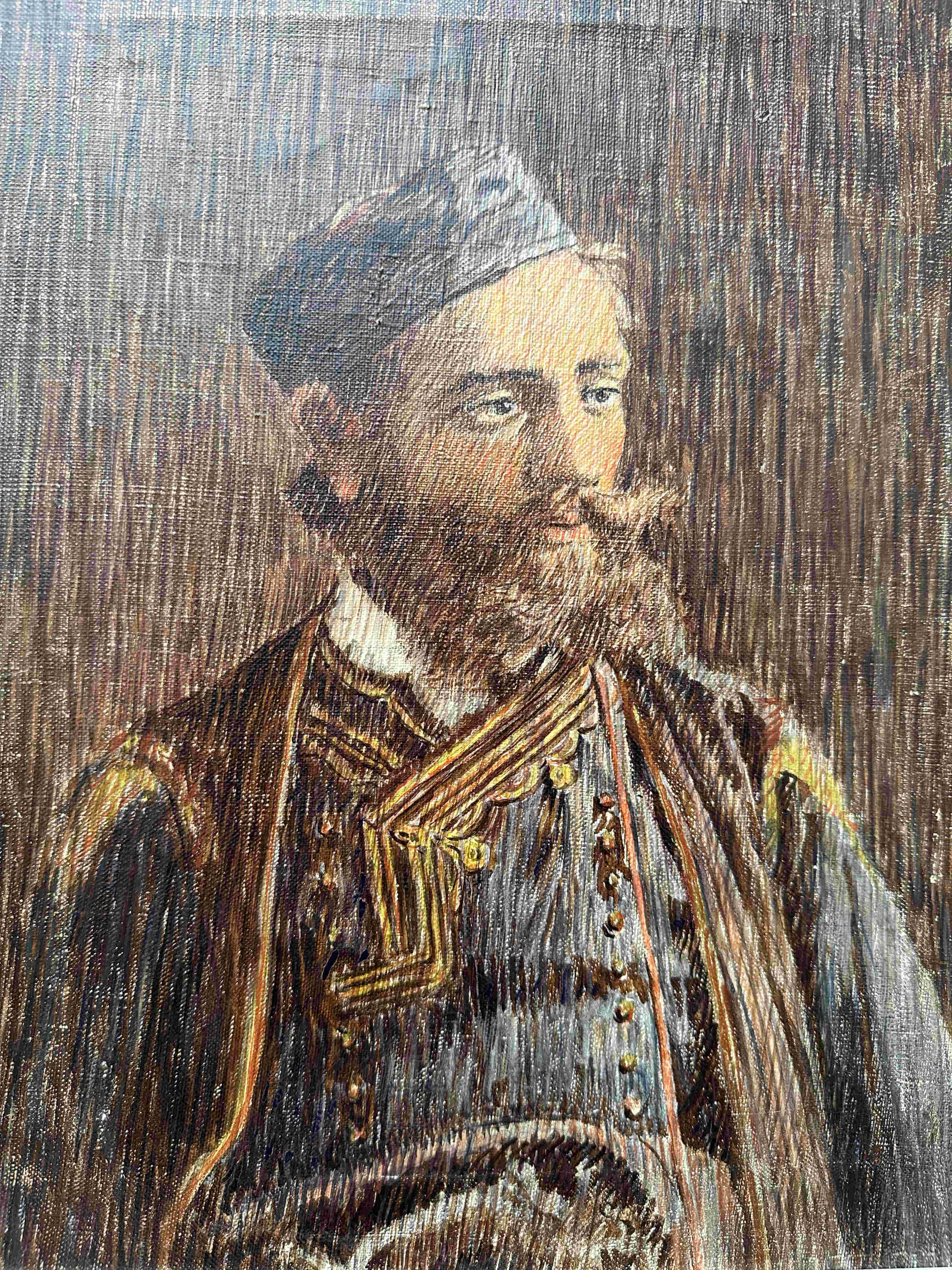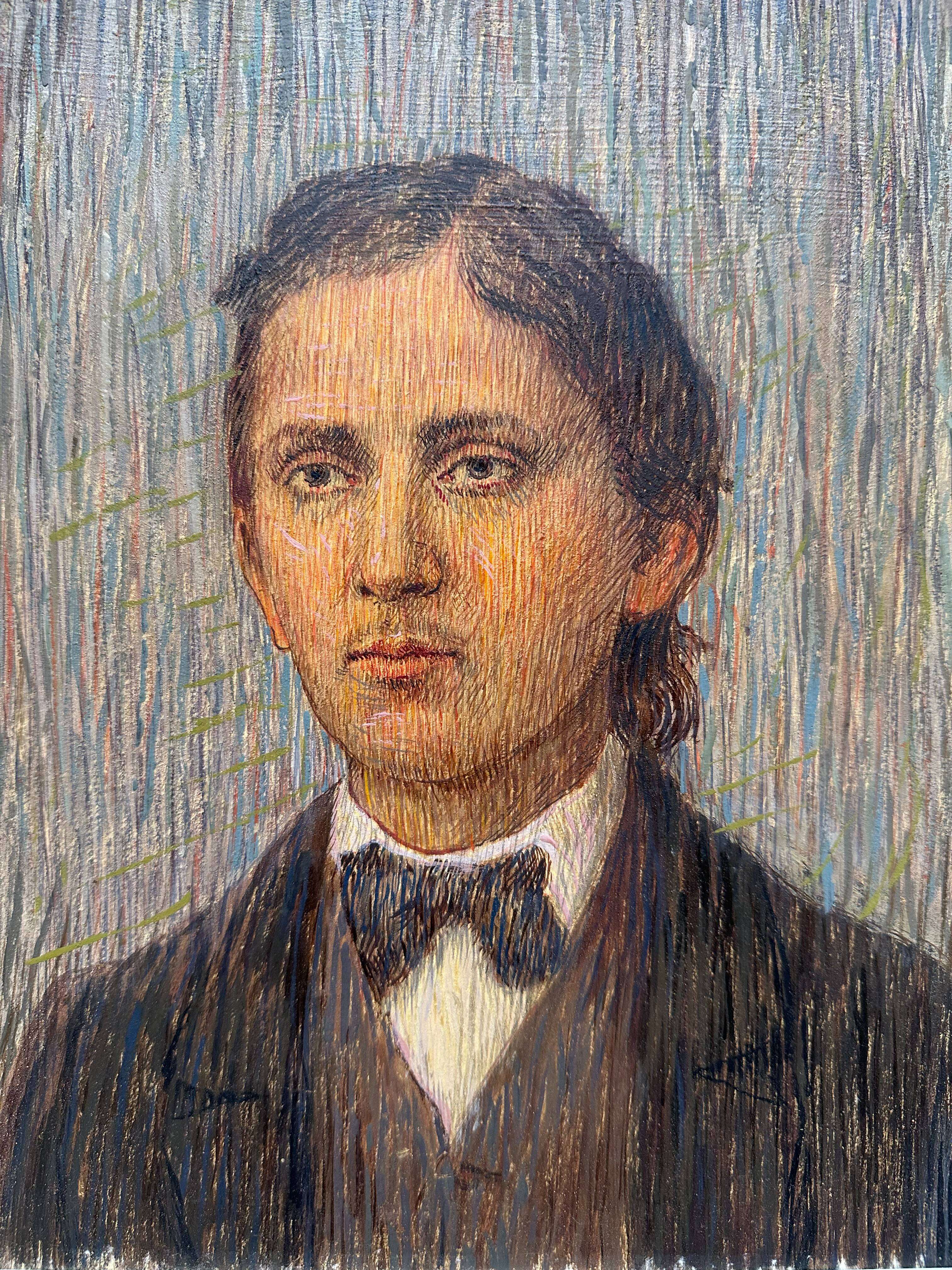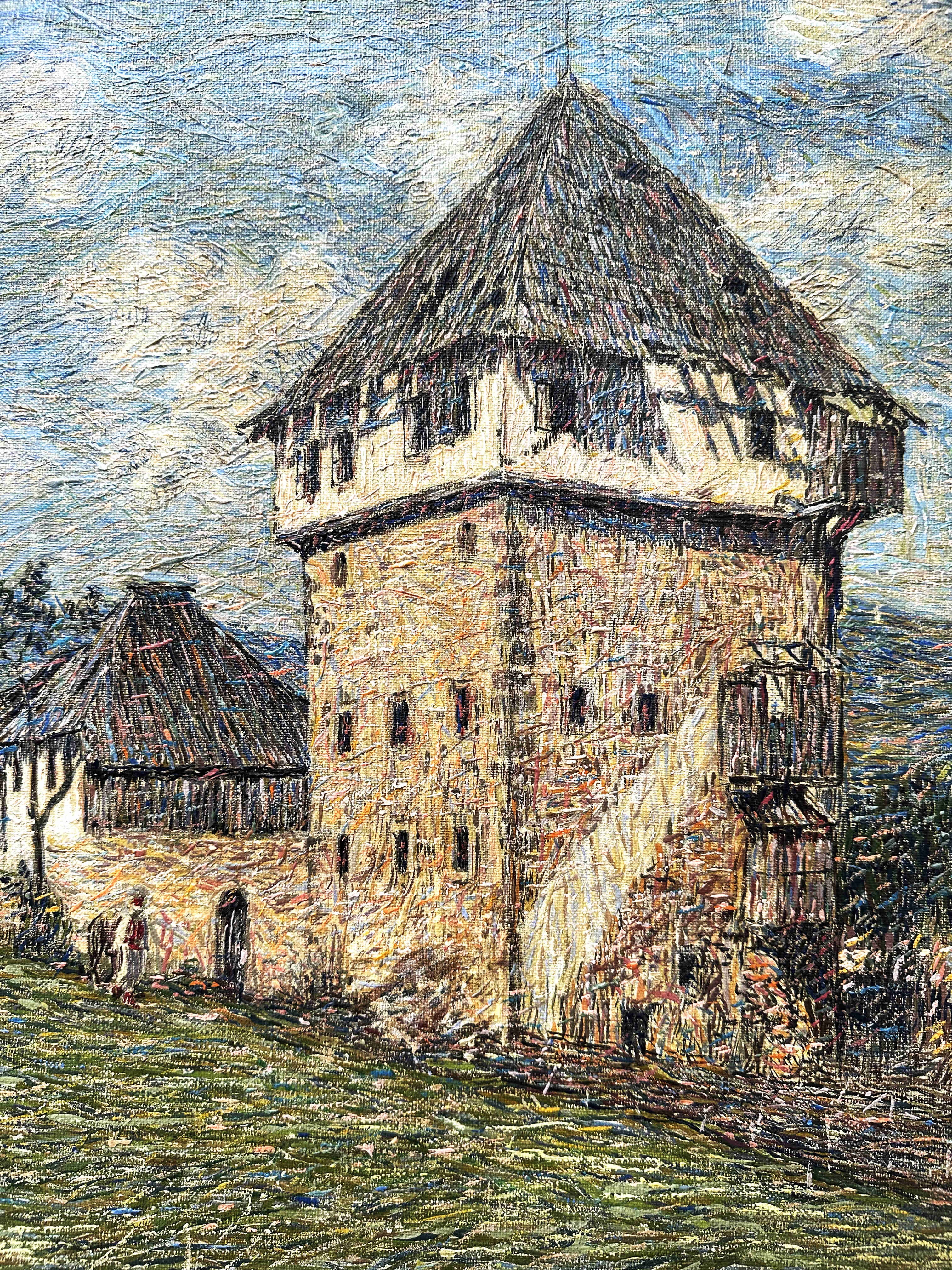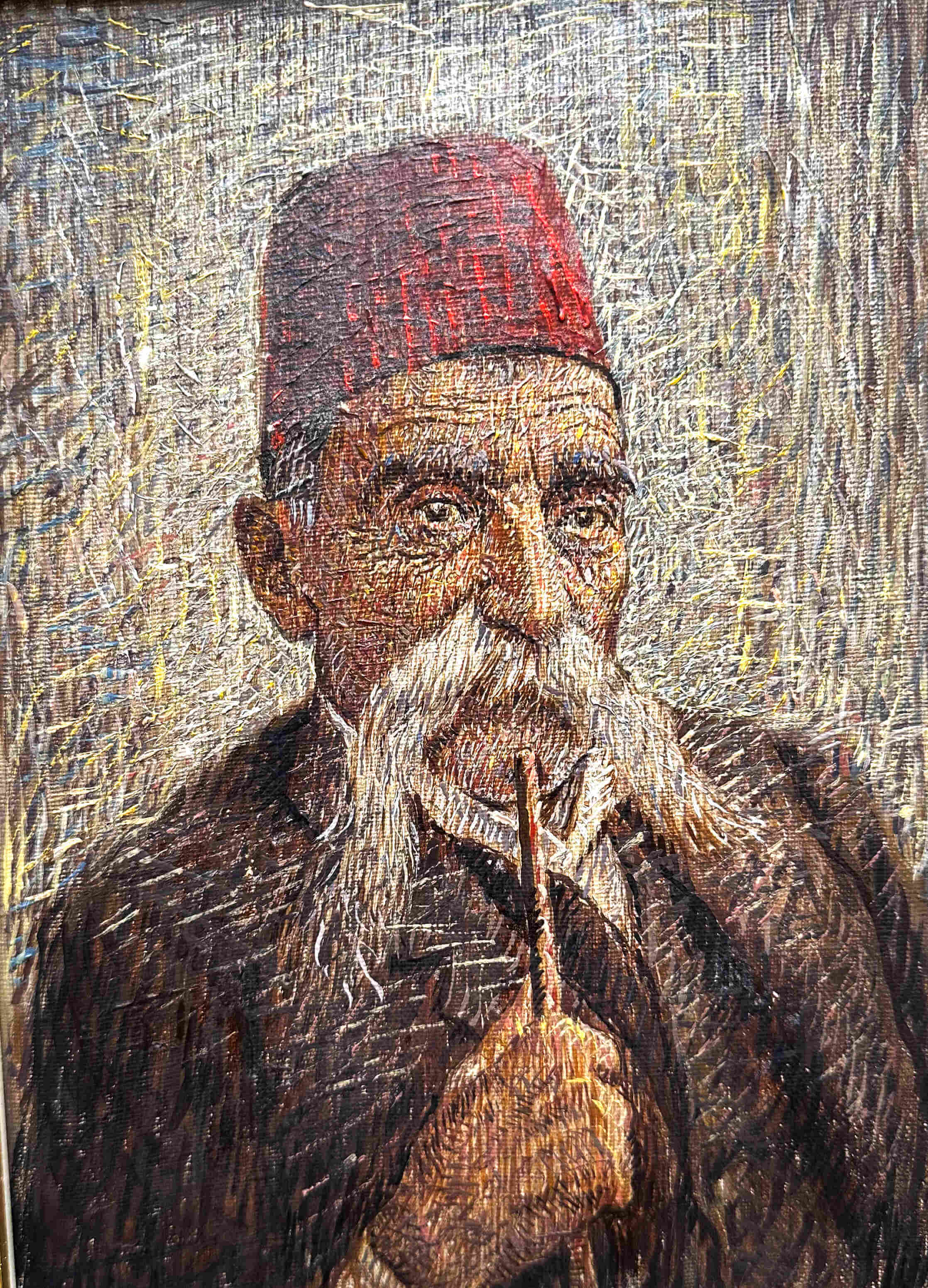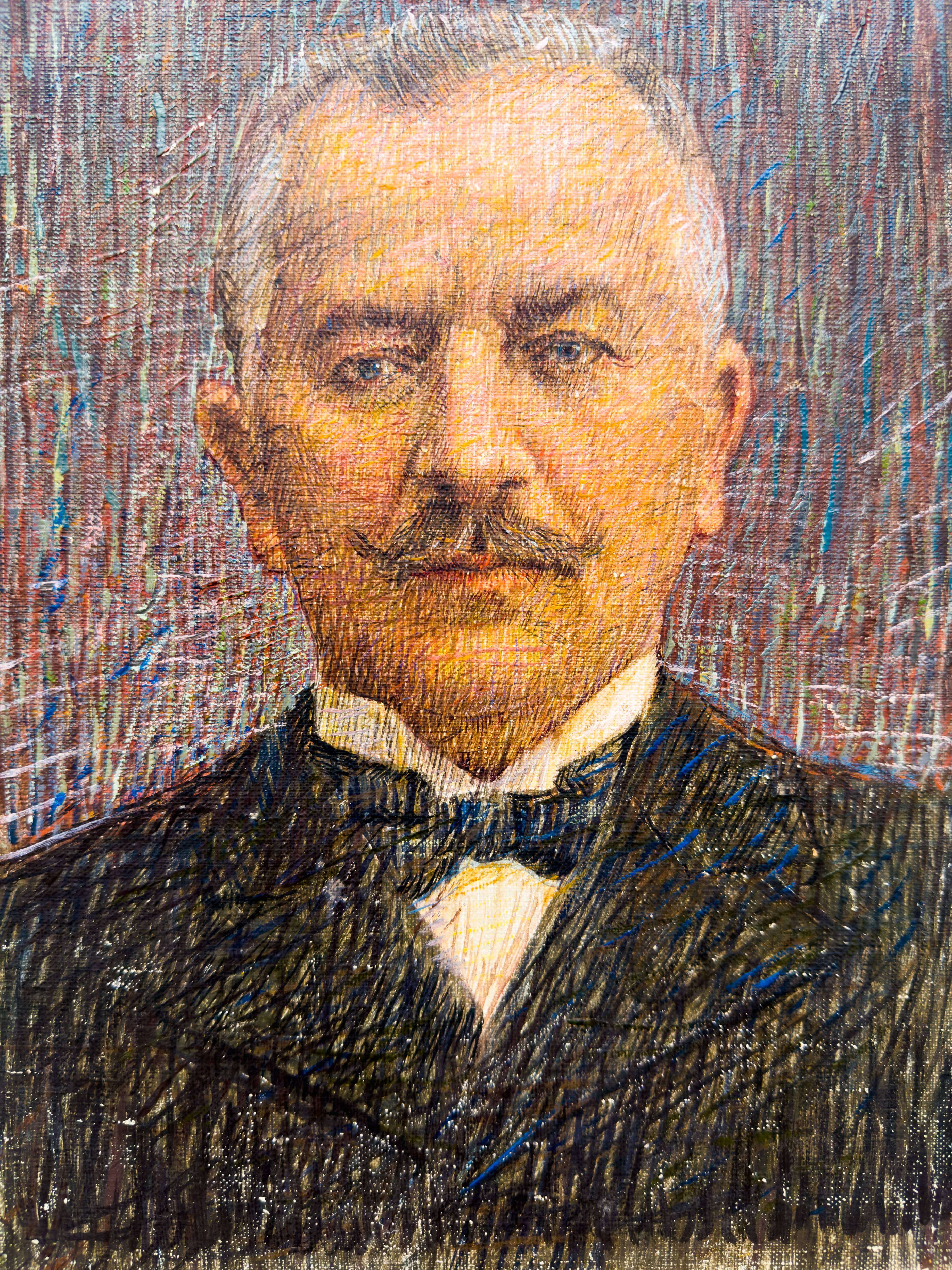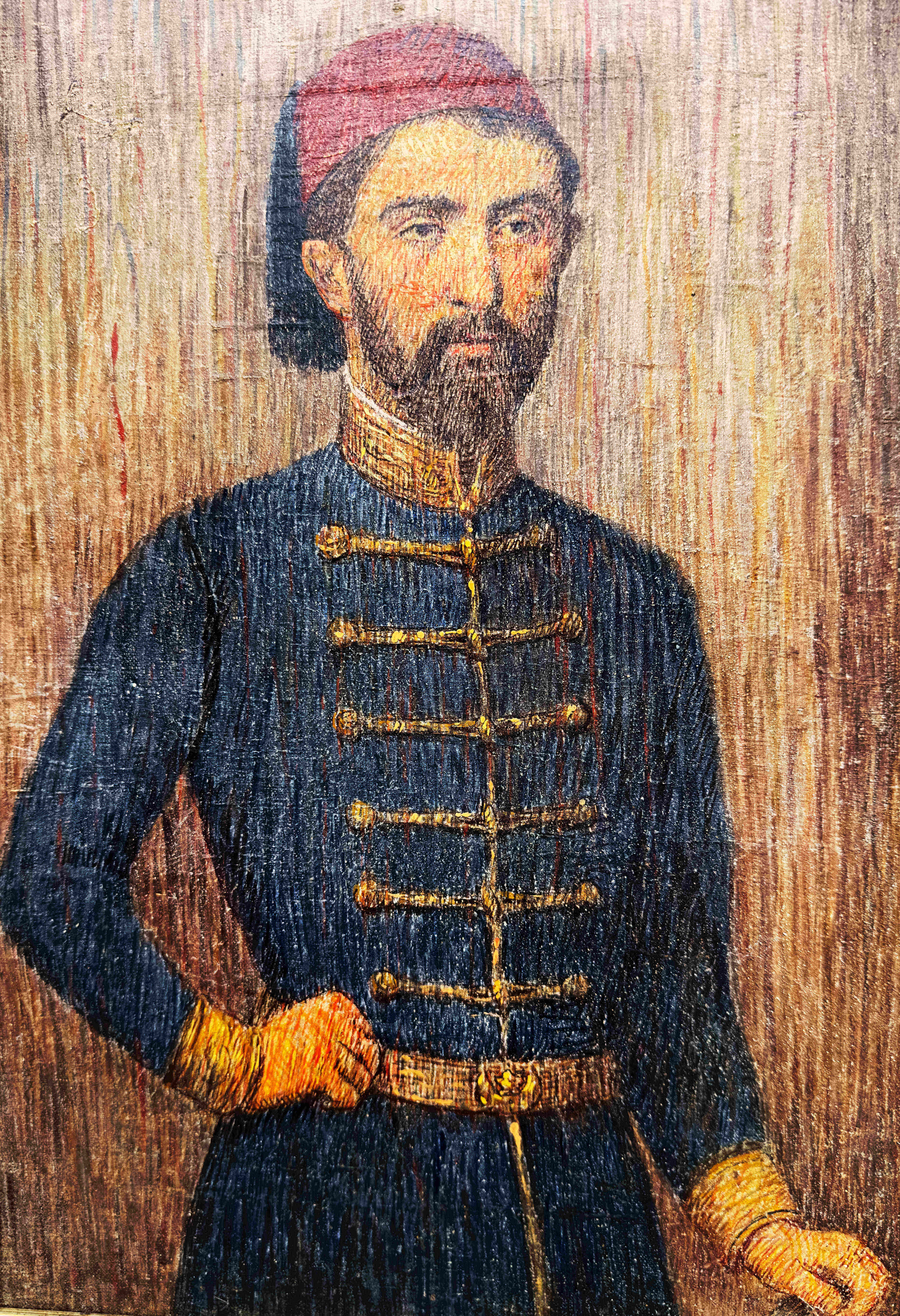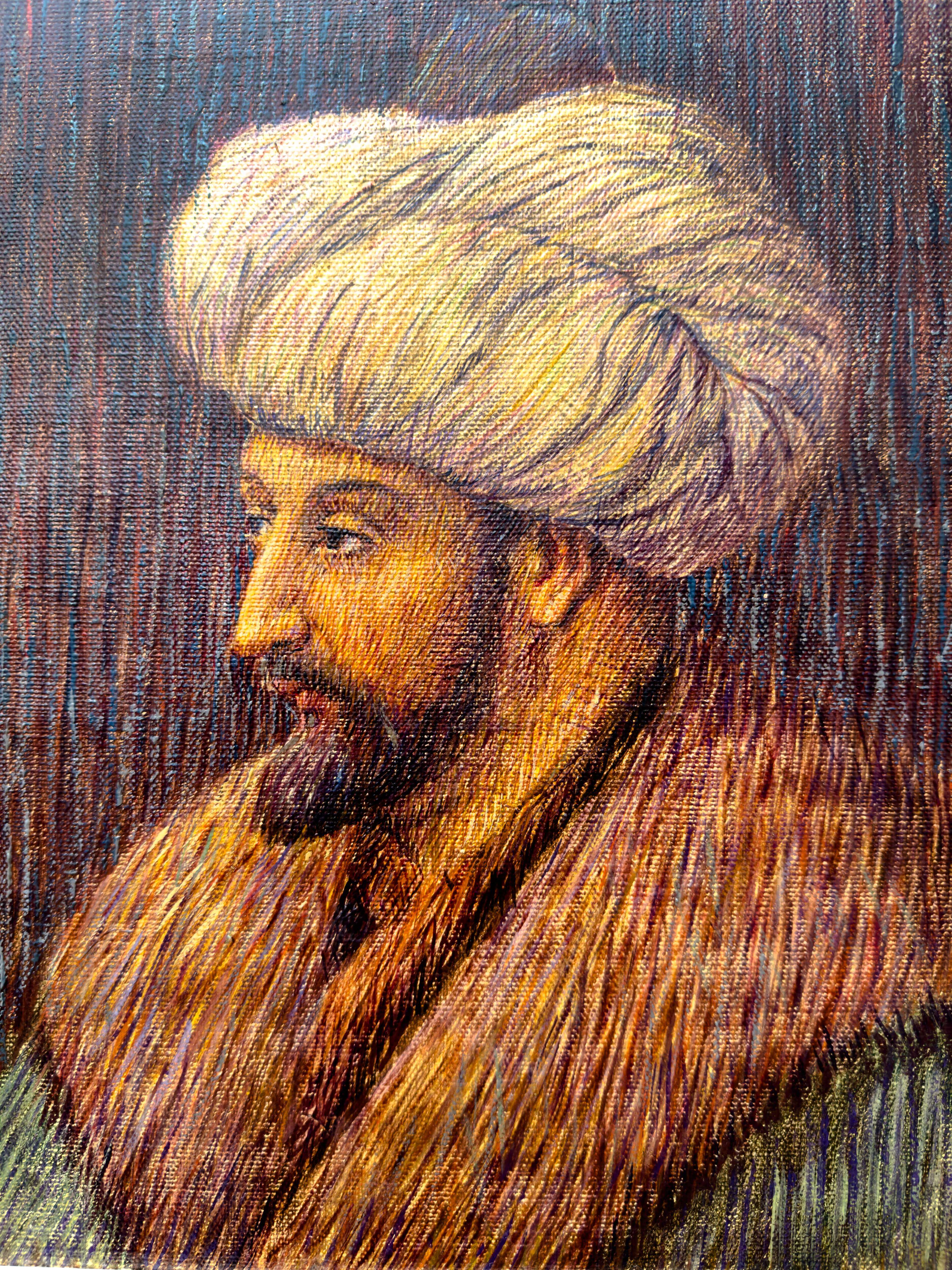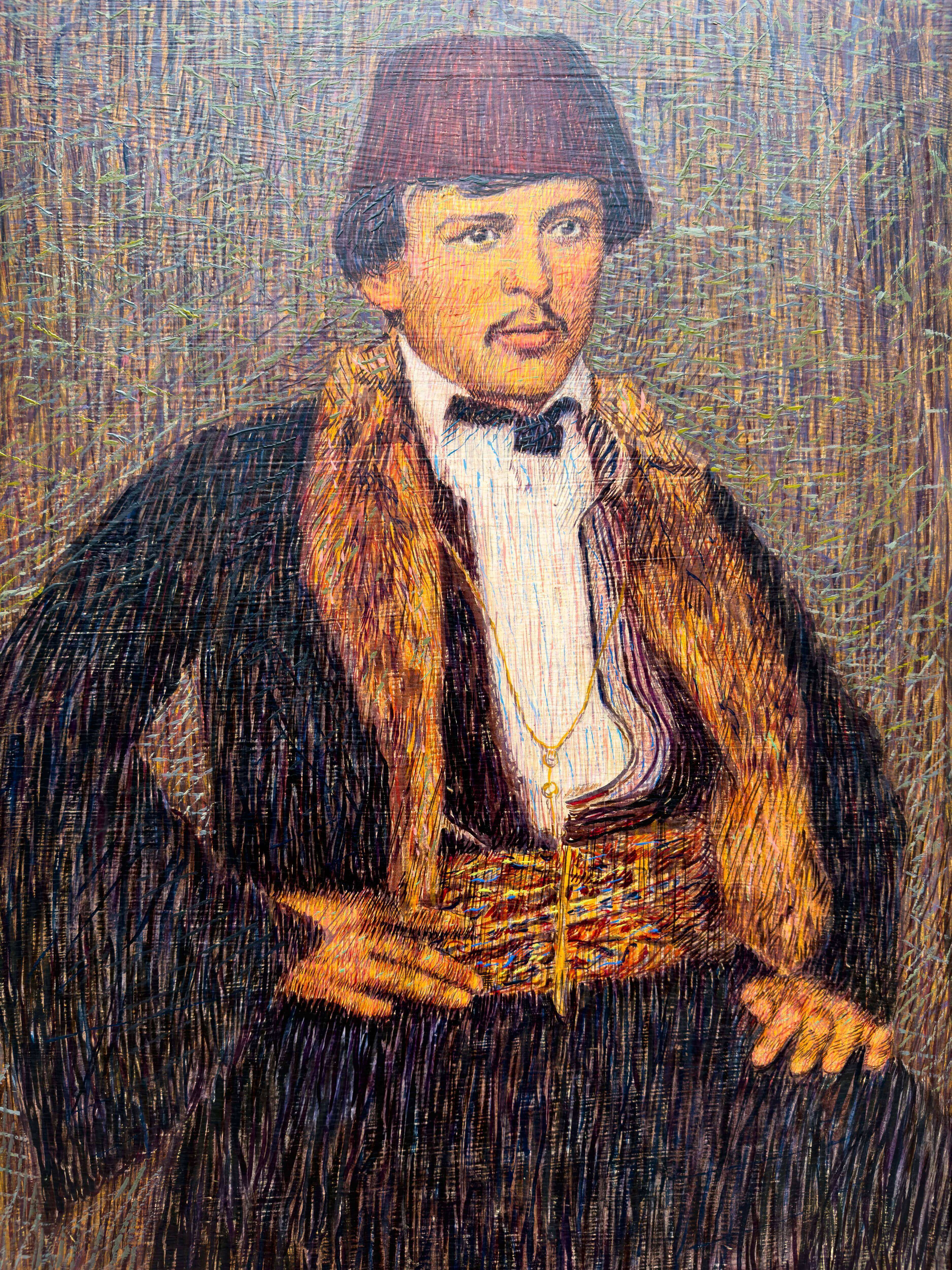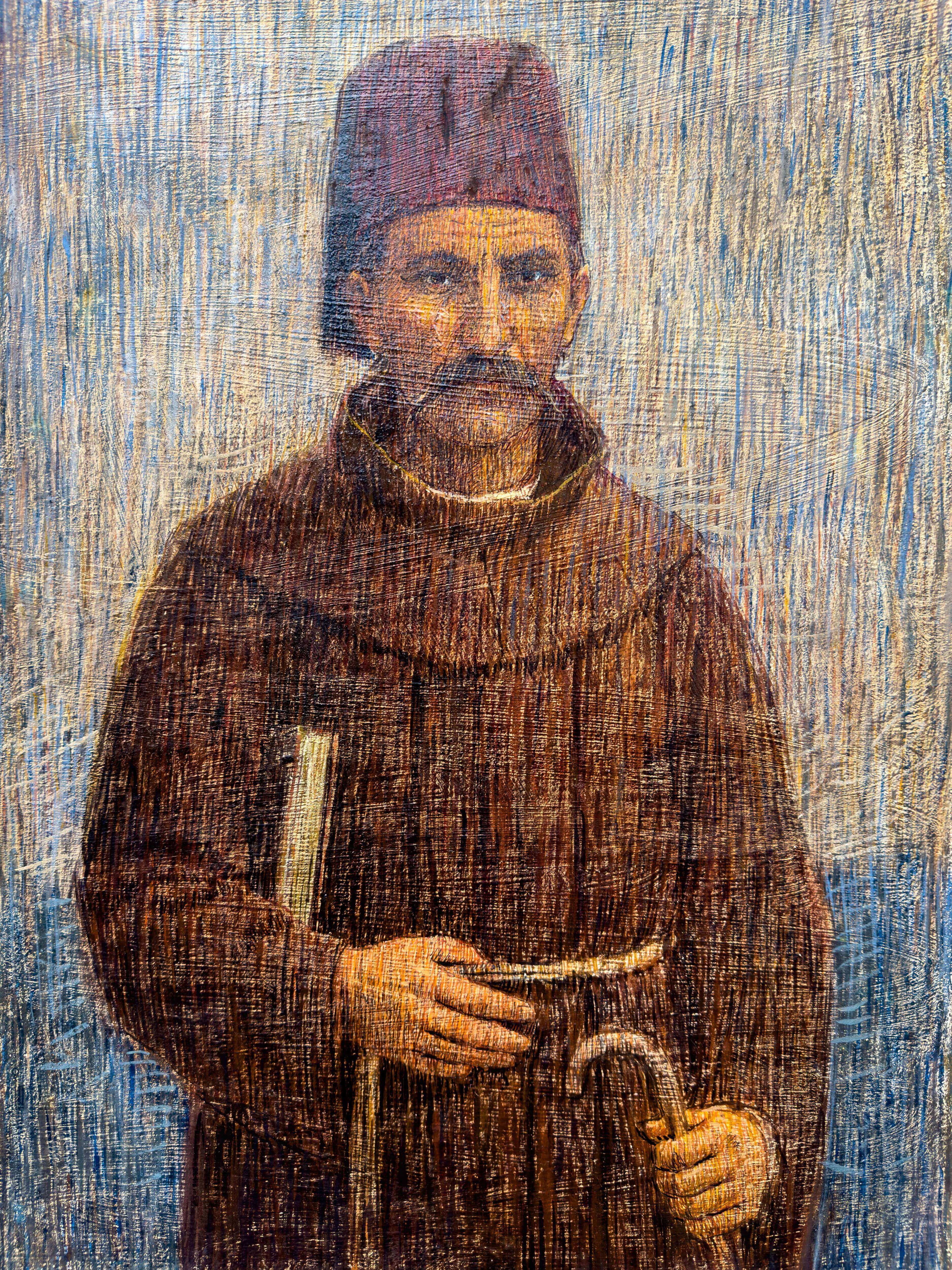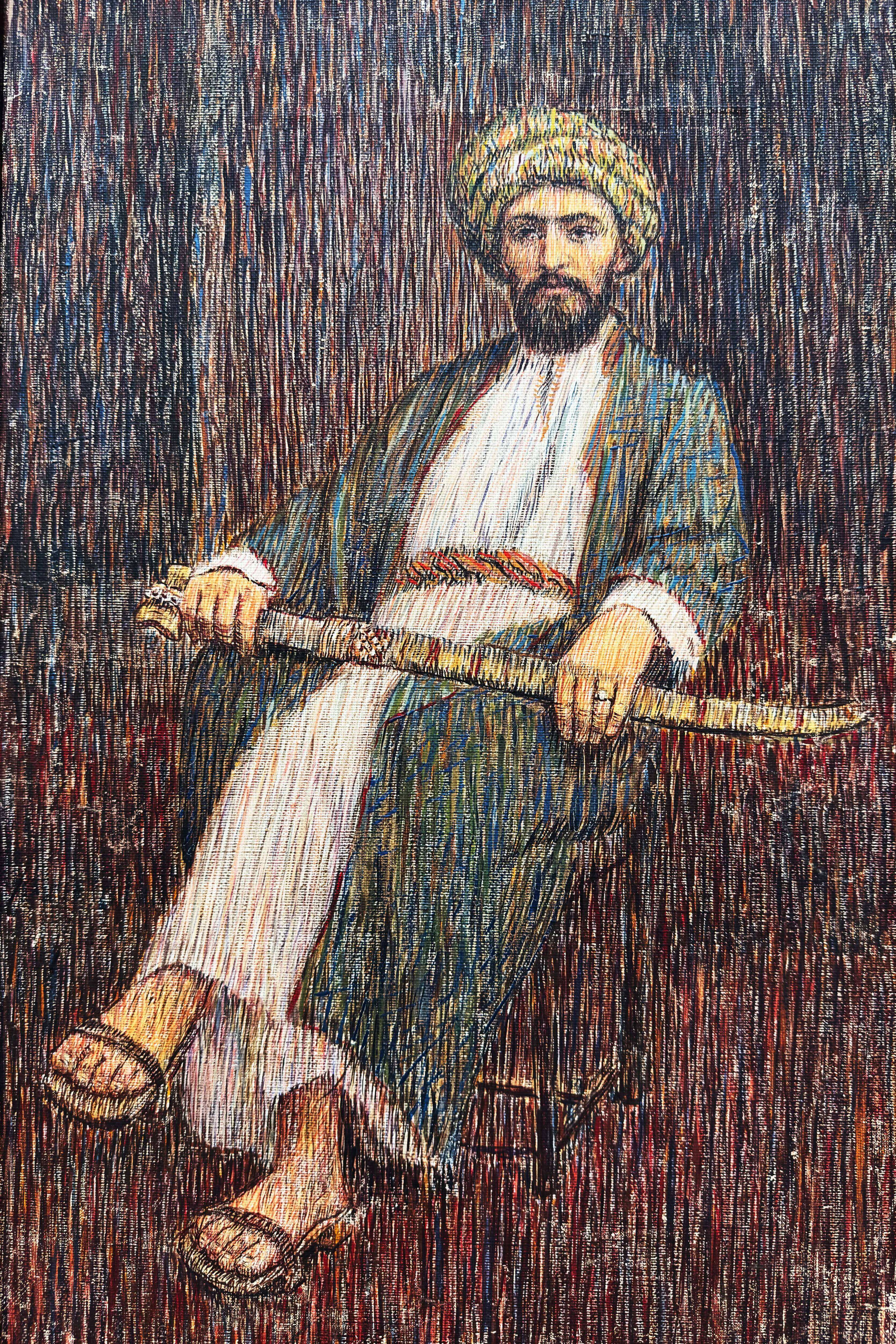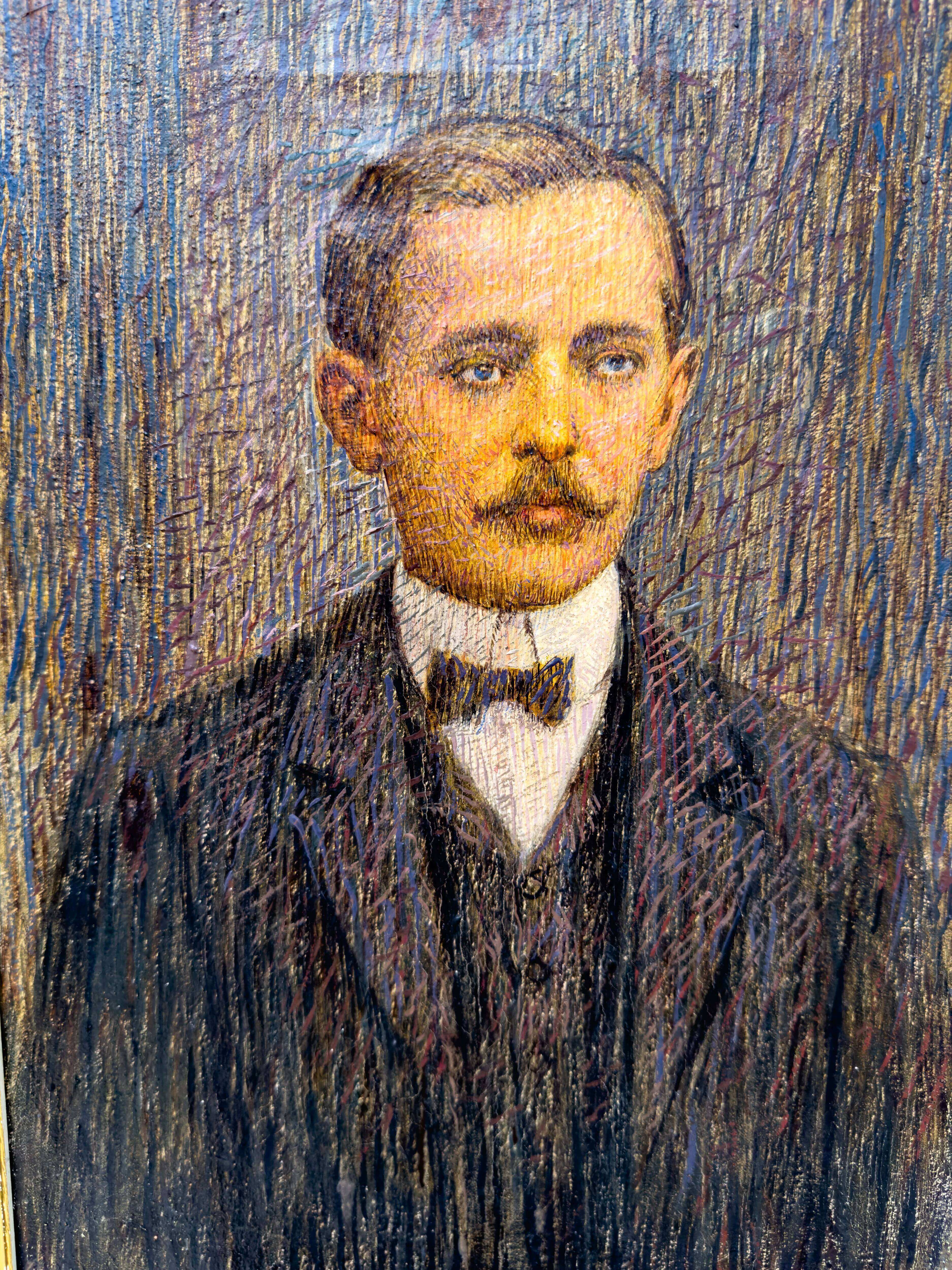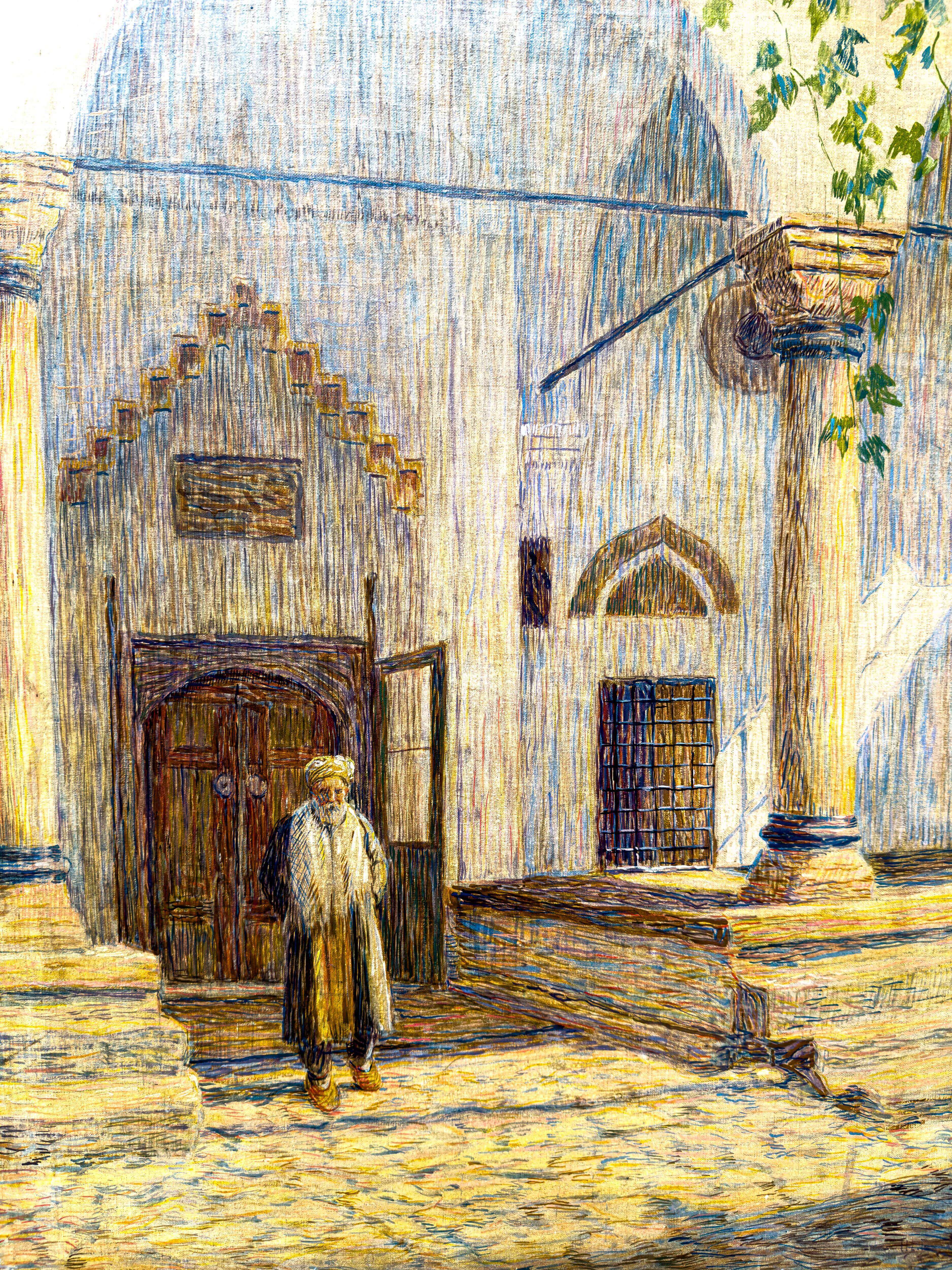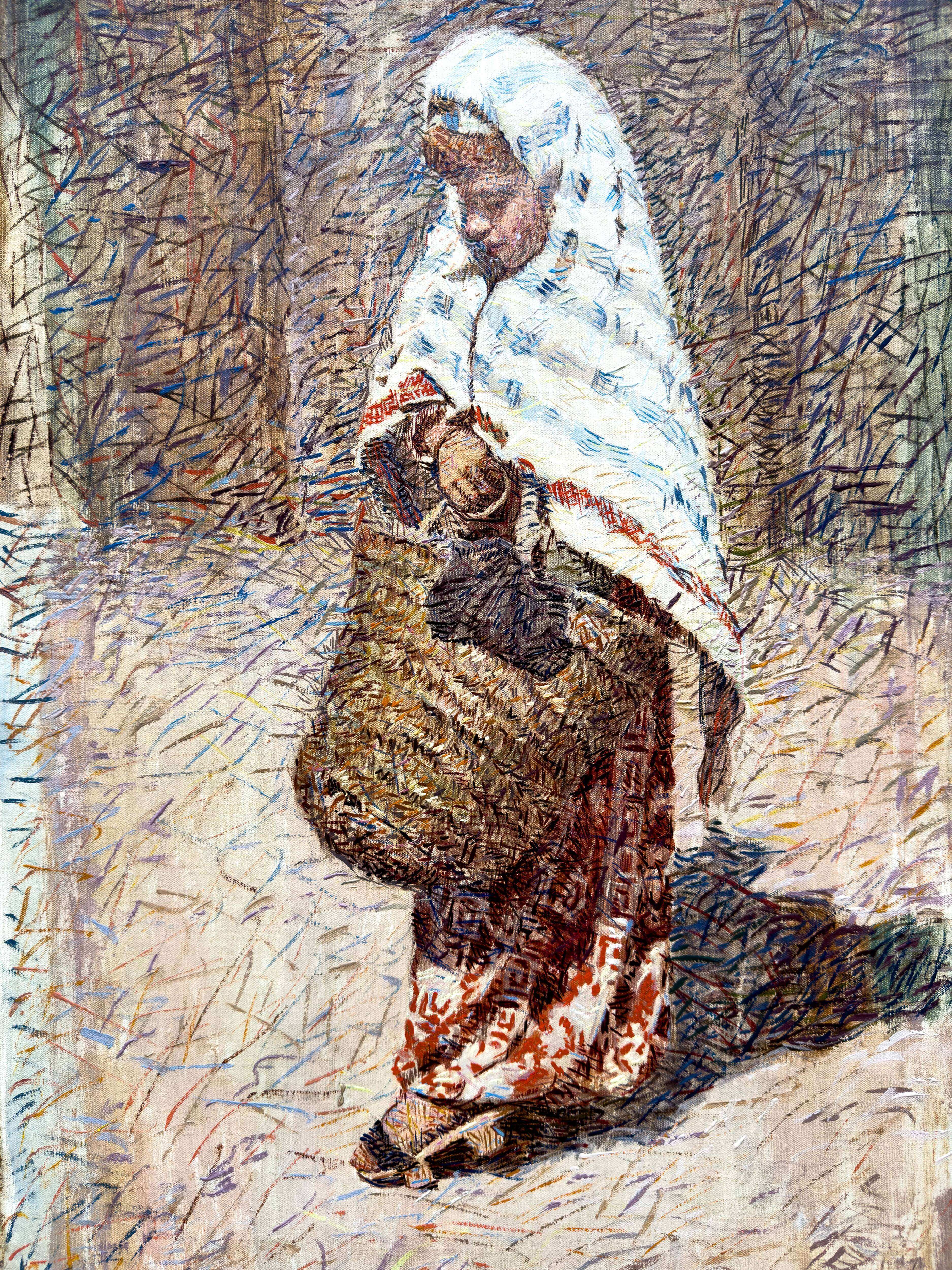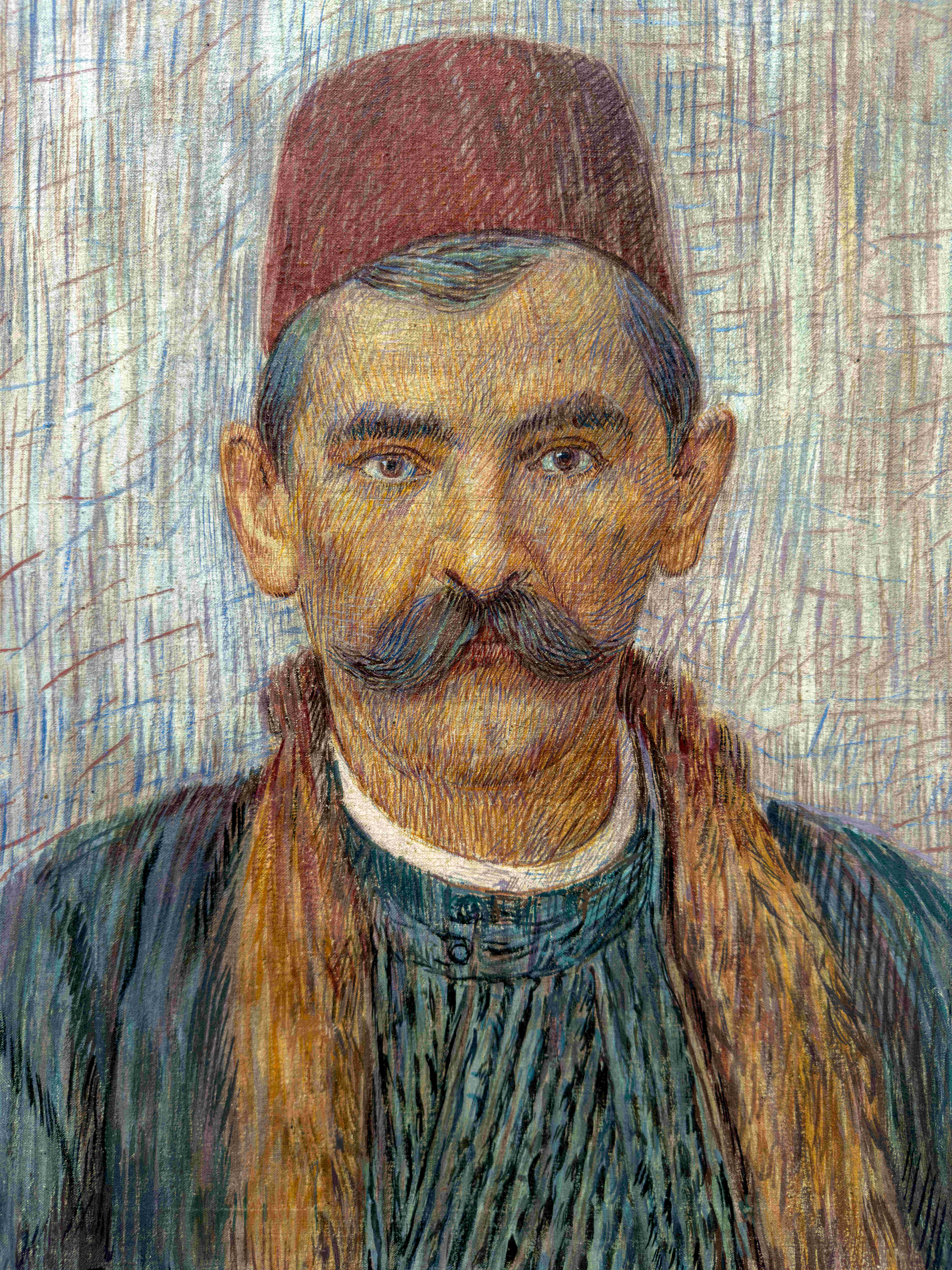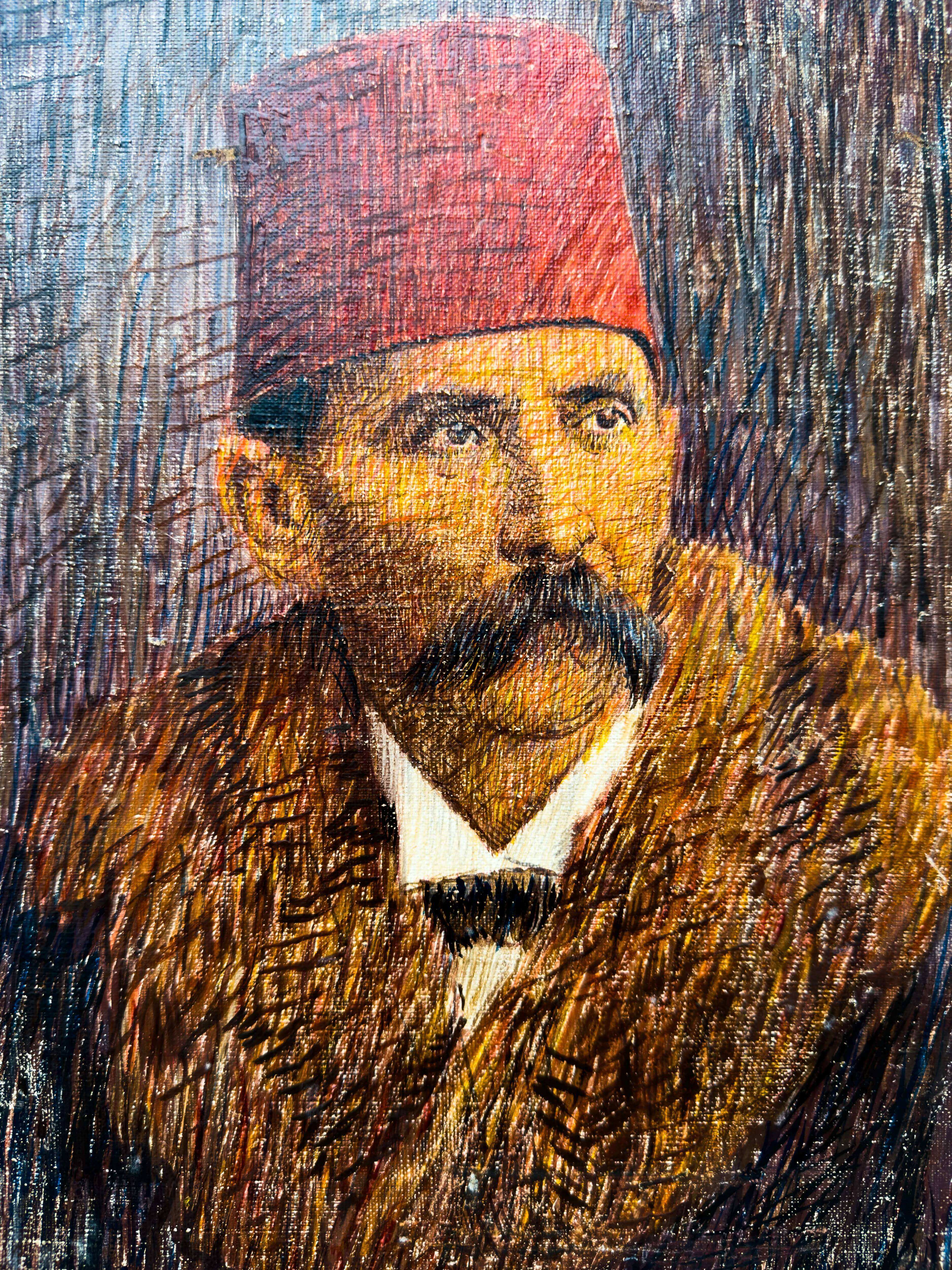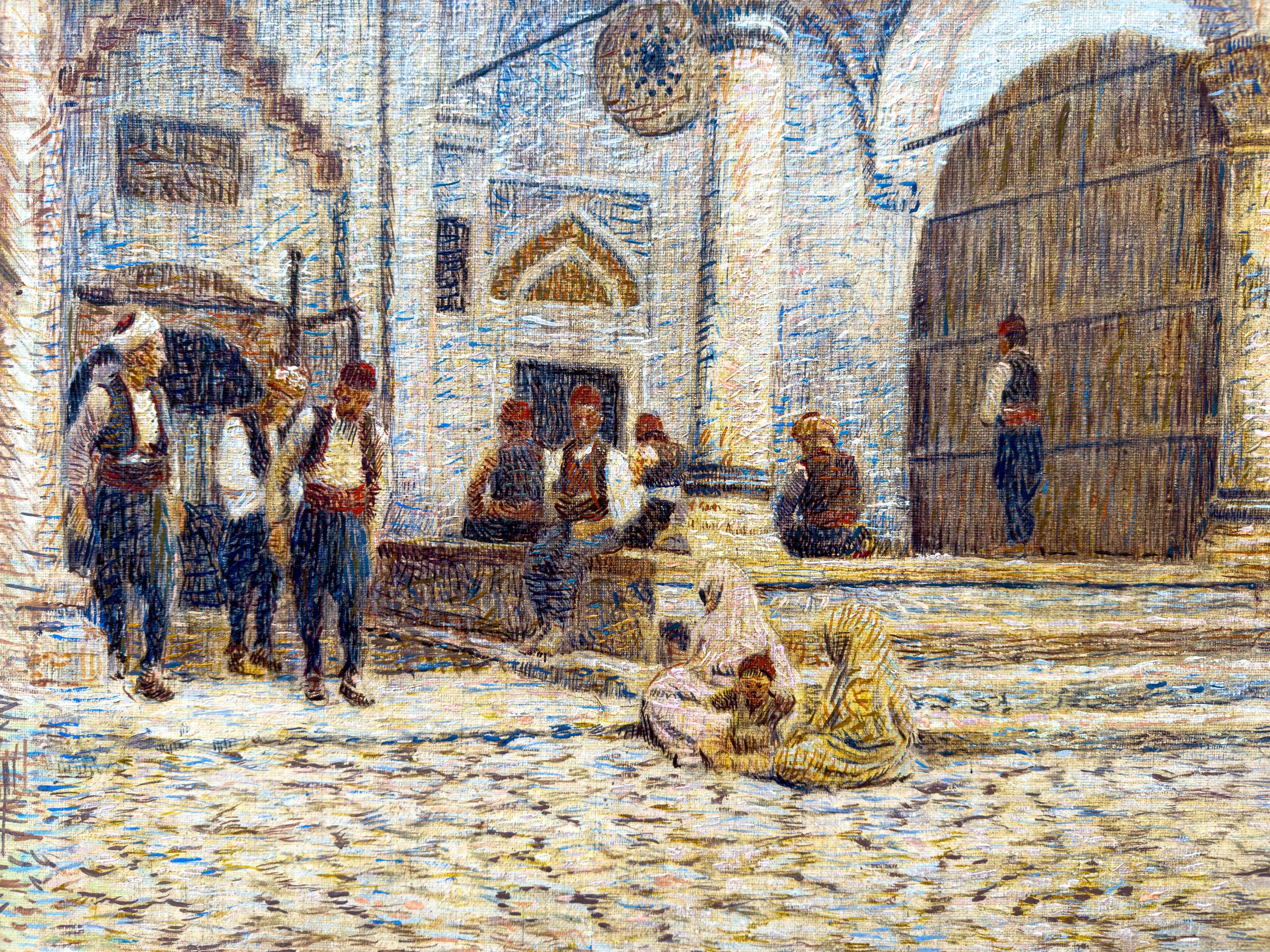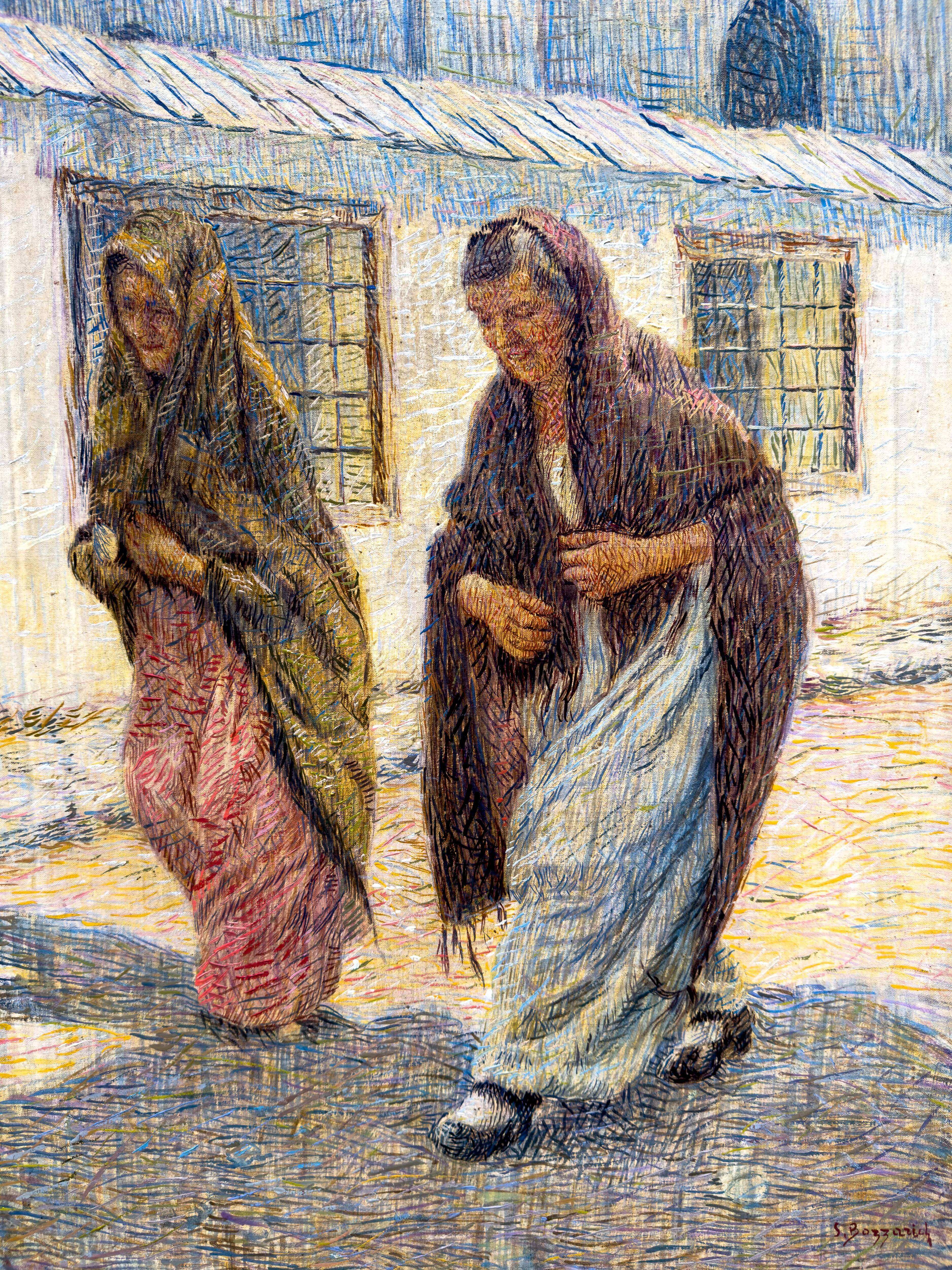 Art Collection, Scenes from Life
Art Collection, Scenes from Life 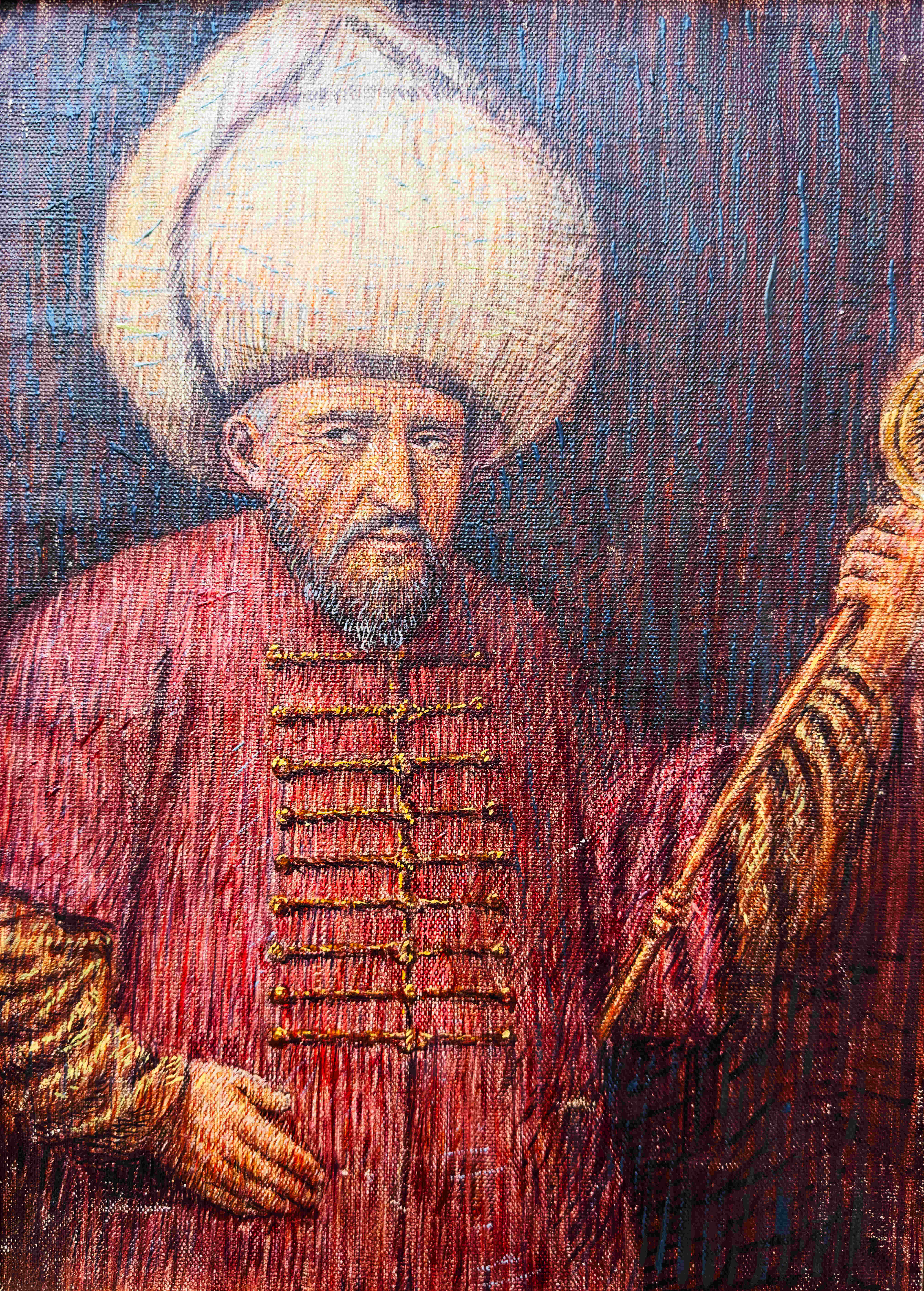 Art Collection, Portrait
Art Collection, Portrait 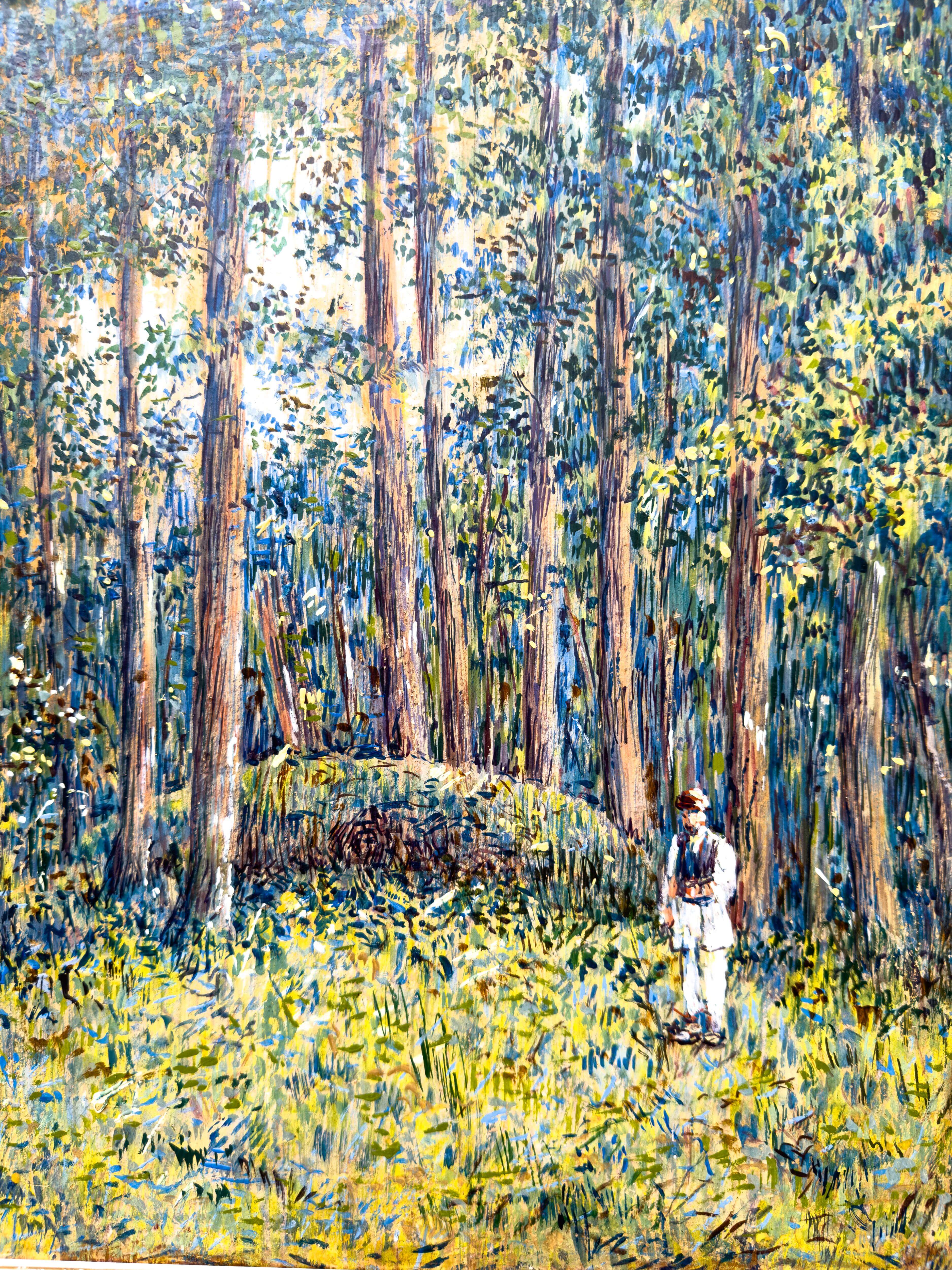 Art Collection, Scenes from Life
Art Collection, Scenes from Life Permanent Exhibition - Art Collection
The history of the Art Collection of the Museum of the Republic of Srpska dates back to the establishment of the Museum of the Vrbas Banovina in 1930. It was originally formed with the aim of illustrating and artistically representing significant historical figures and events. The Art Collection of the Museum of the Republic of Srpska includes works by the most significant Banja Luka painters who left valuable testimonies about the past of this city. Their works provide a concise insight into the artistic trends of the first half of the 20th century in Banja Luka. This was a period when the first generation of young artists, educated in artistic centers such as Venice, Prague, Belgrade, and Vienna, emerged. These artists were open to changes in artistic perceptions, breaking away from tradition and placing a focus on light and color. The treatment of motifs by these painters did not differ much from the style of their teachers. Portraits, landscapes, traditional architecture, and urban motifs testify to artists who were focused on simple themes from their surroundings. Although they lagged behind the period of Impressionism in France, they embraced new artistic expression and a freer approach to nature, interpreting it in their own way, while the majority remained within the framework of academic rules. Visitors to the museum can view the most valuable and significant artistic works on display in the permanent exhibition, which is always accessible to the public. Other works, also interesting and worthy of attention, are kept in the museum’s storage and are occasionally displayed at exhibitions.
- Curator and Art Historian
Art Collection
The Artistic Life of Banja Luka in the First Half of the 20th Century
Painting and the artistic life of Banja Luka in the first half of the 20th century were enriched by artists such as Pero Popović, Spiridon Špiro Bocarić, Božidar Nikolić, Aleksandar Bojko, Vlaho Pečenac, and Milivoj Uzela. Their active participation in the city’s artistic scene and numerous exhibitions contributed to the formation of an art audience and the education of younger generations. Painting represents the most significant part of the art collection, encompassing a diverse artistic material that, in addition to its artistic value, also holds considerable documentary significance.
The Works of Spiridon Špiro Bocarić
The museum houses a rich collection of works by Spiridon Špiro Bocarić, which includes portraits of Bosnian-Herzegovinian insurgents, prominent citizens of Banja Luka, and scenes from everyday life. A particular value lies in the collection of portraits of historical figures, which serve as an important source for studying that period. Most of these portraits were created for the decoration of the representative hall in the newly built King Peter I the Liberator’s House in Banja Luka. This building later became the headquarters of the Museum of the Vrbas Banovina, the predecessor of today’s Museum of the Republic of Srpska.
